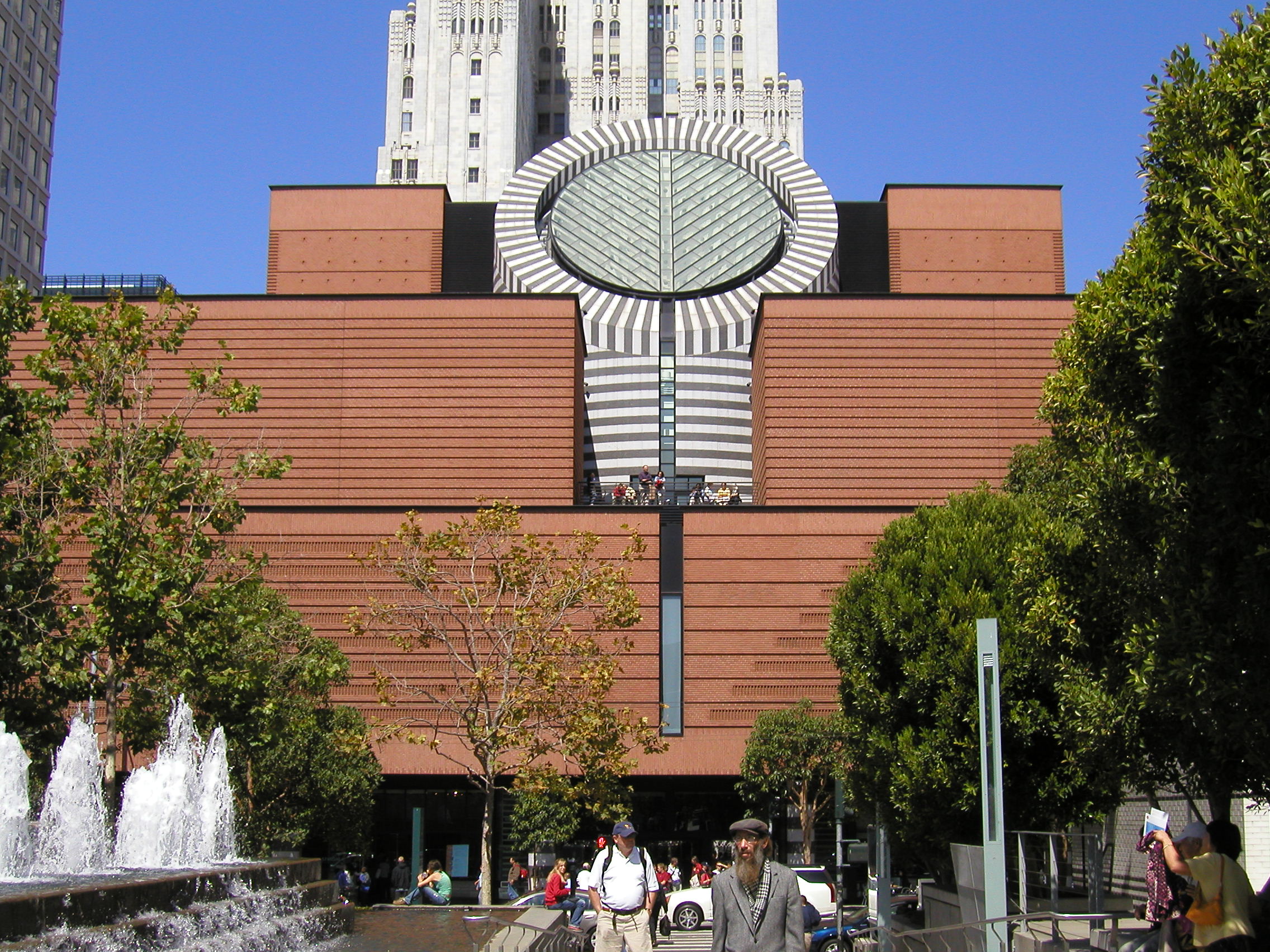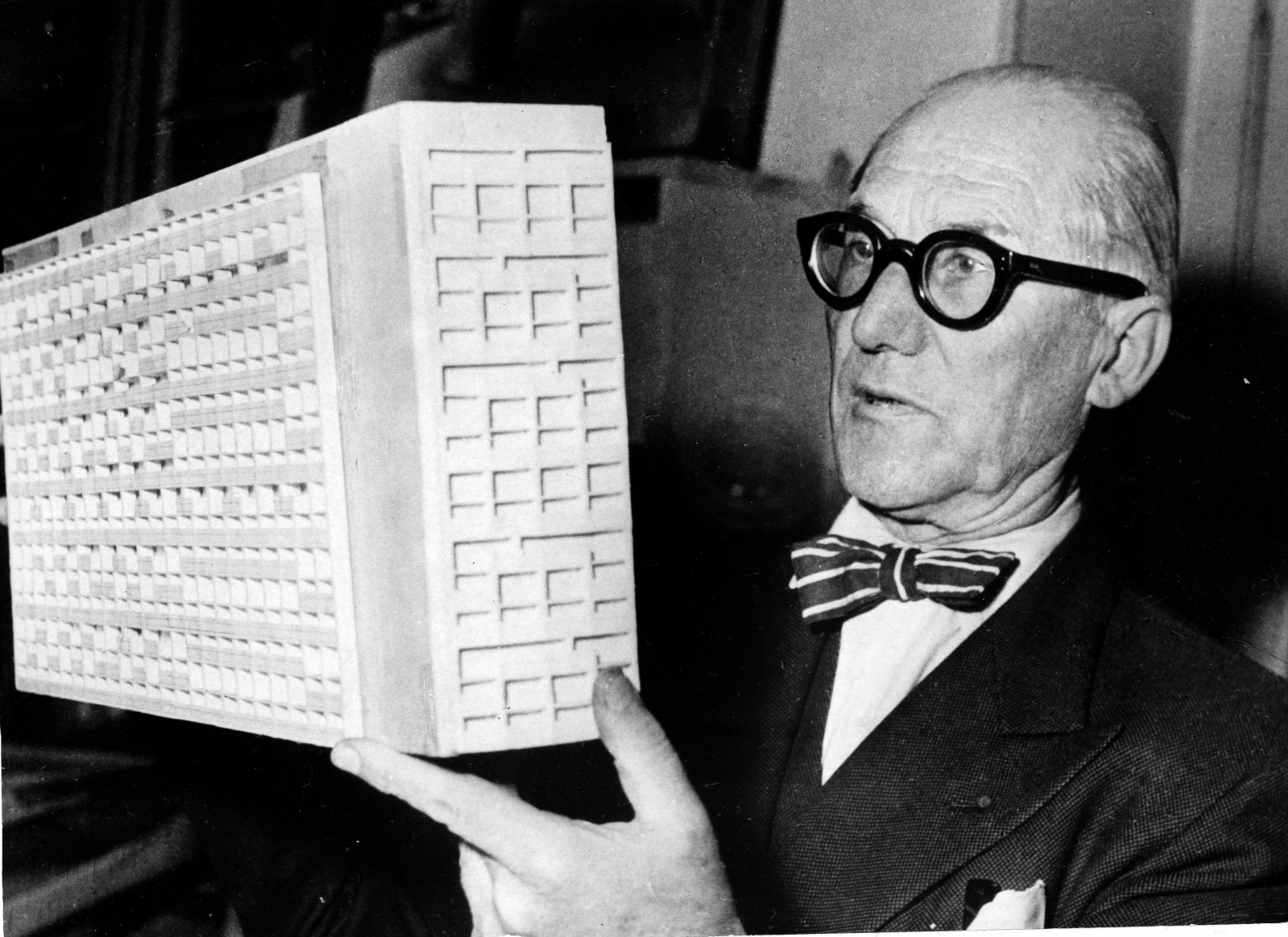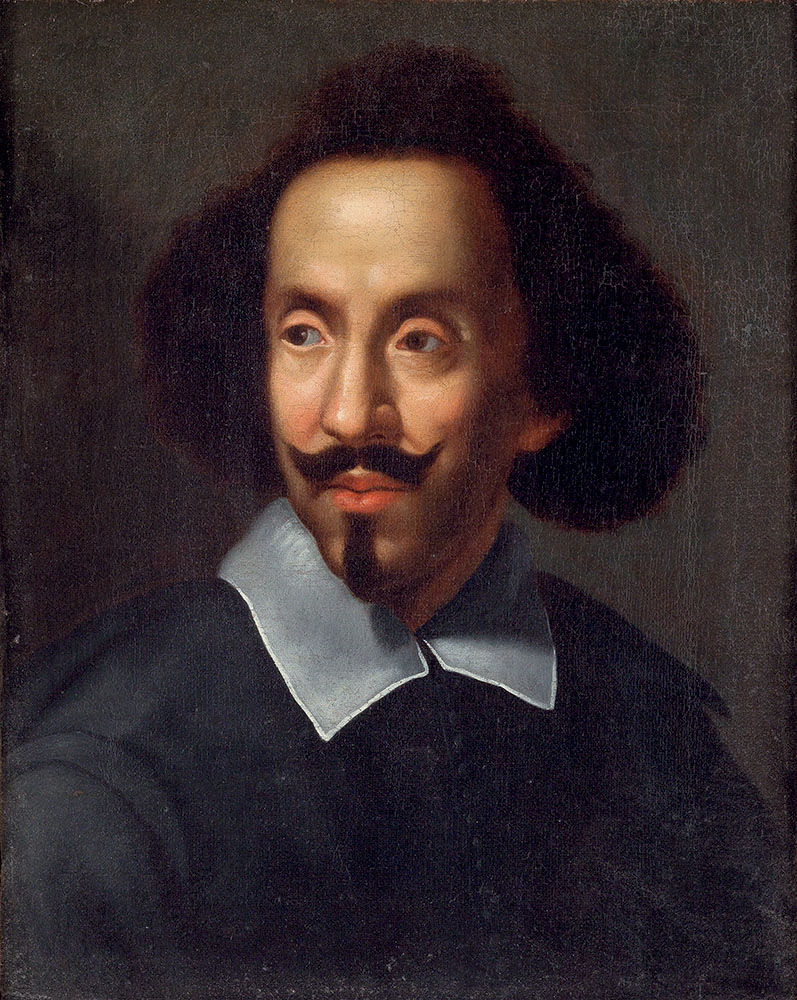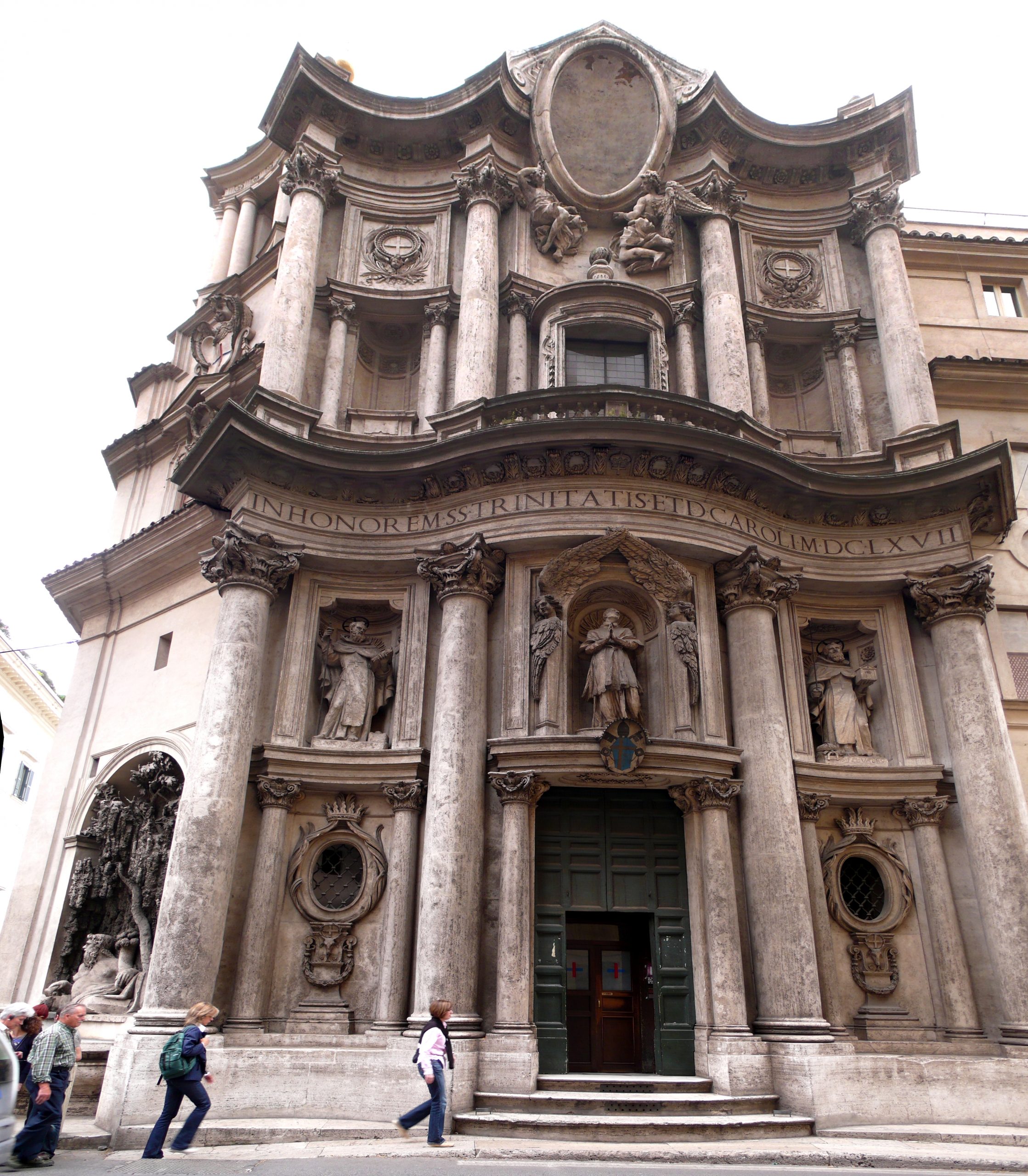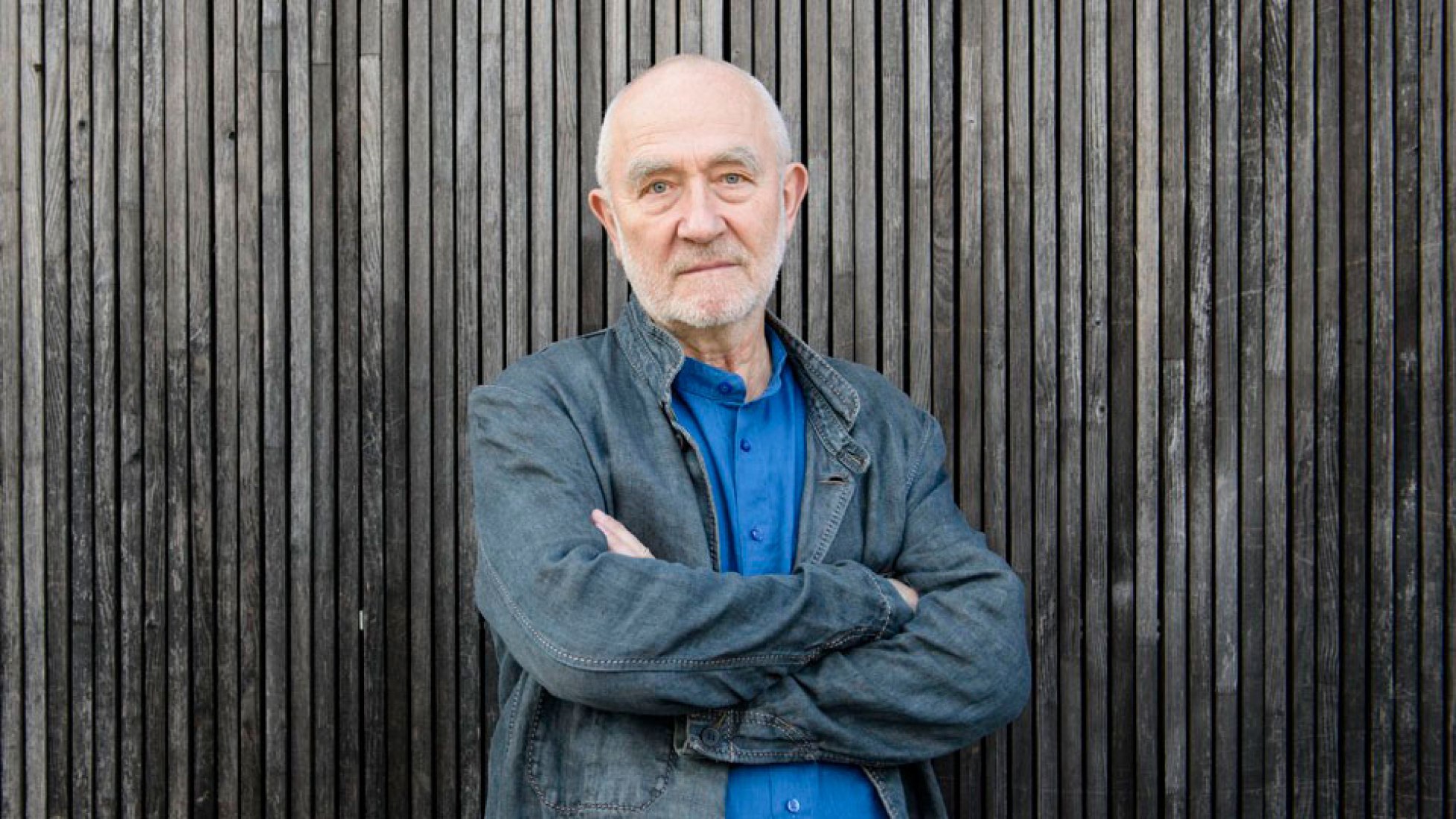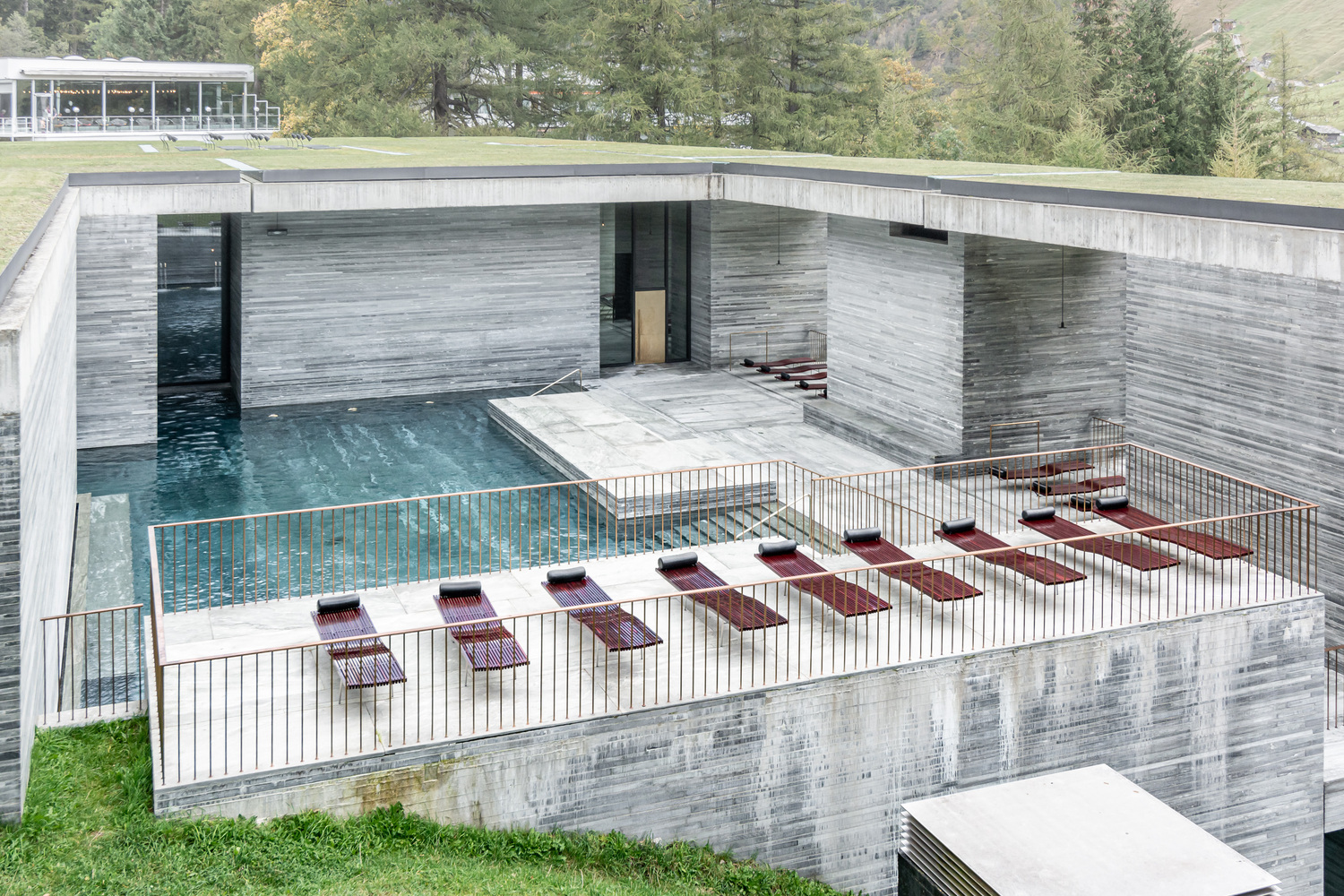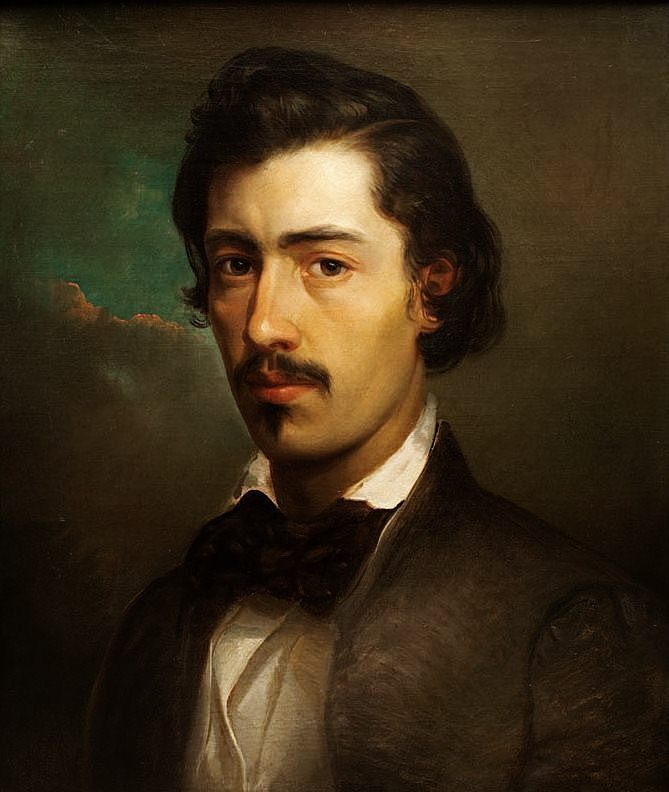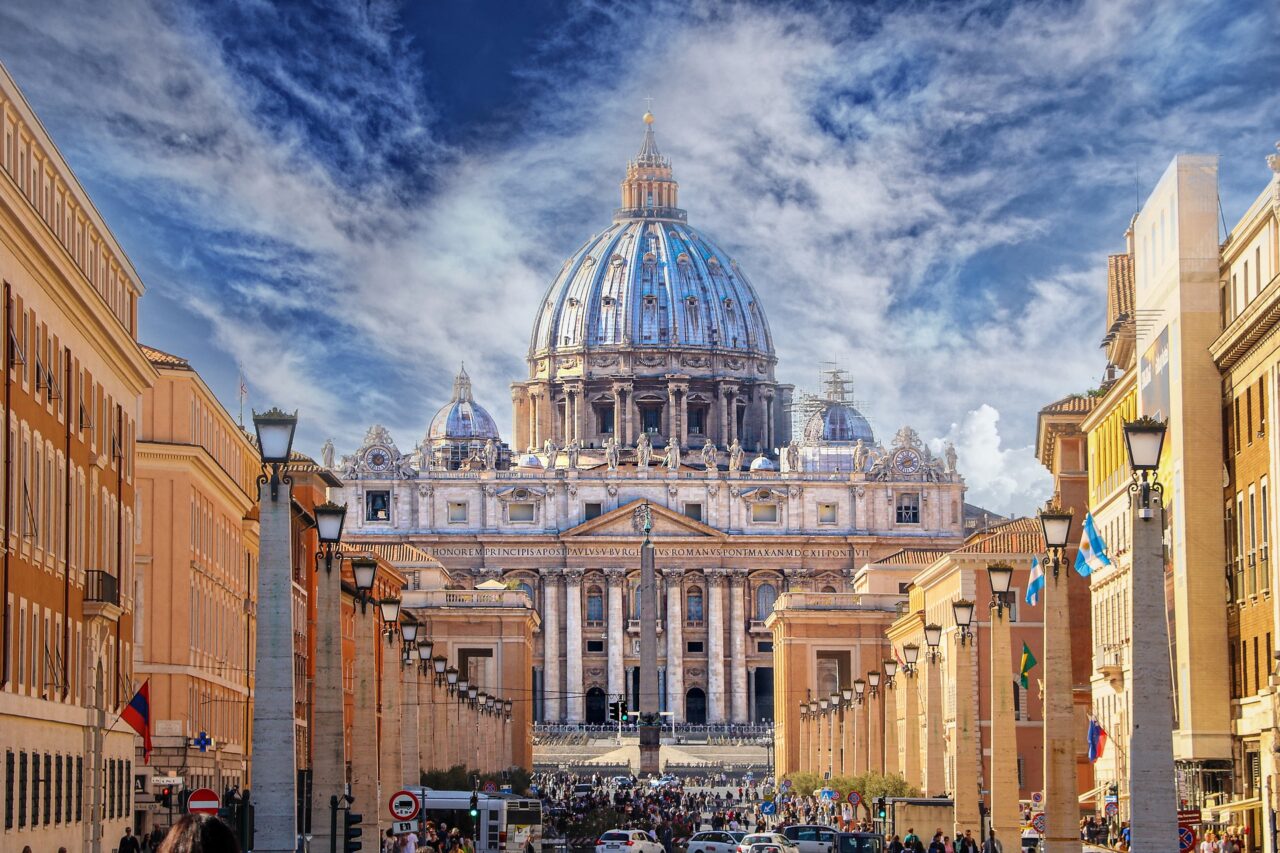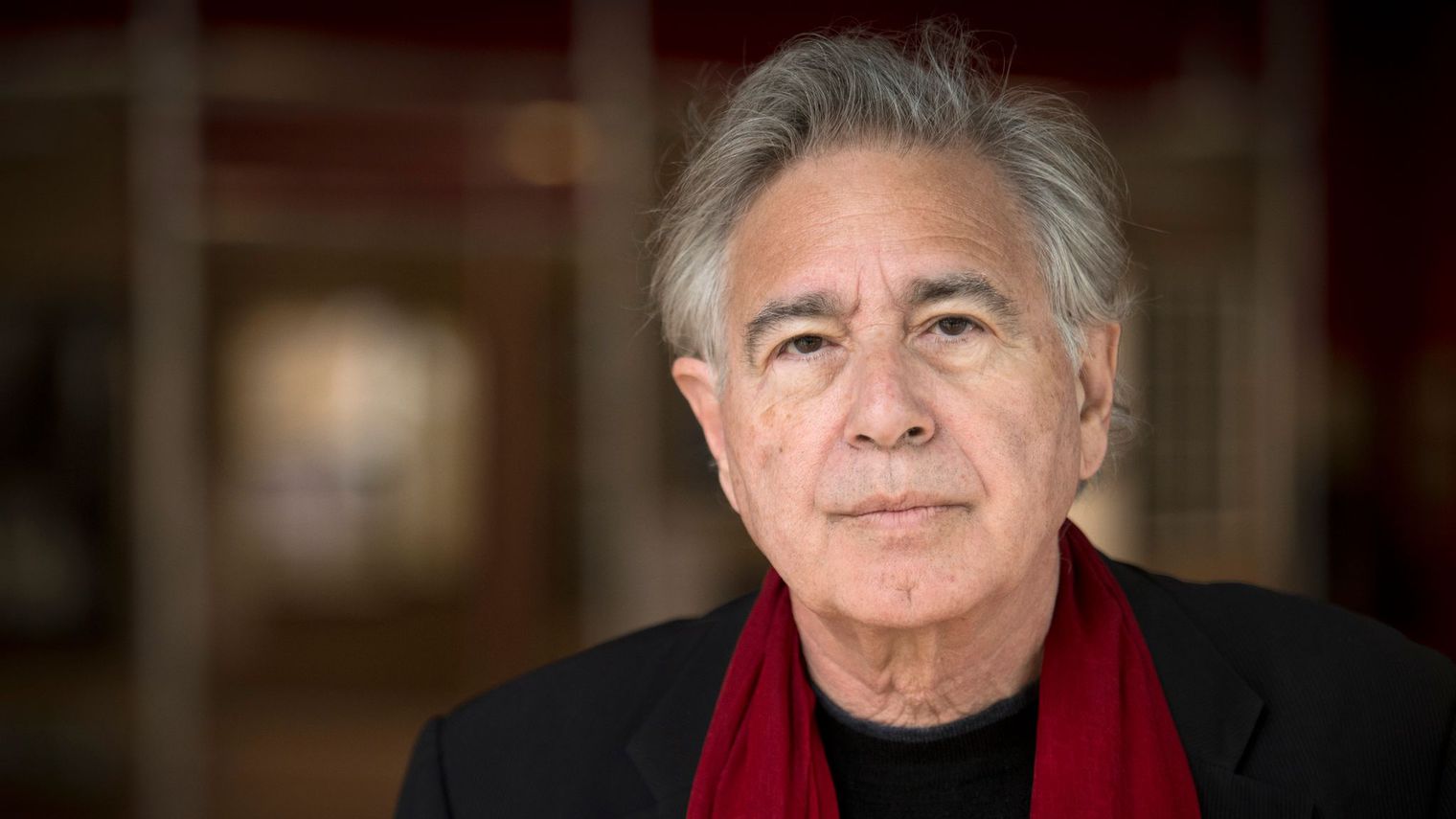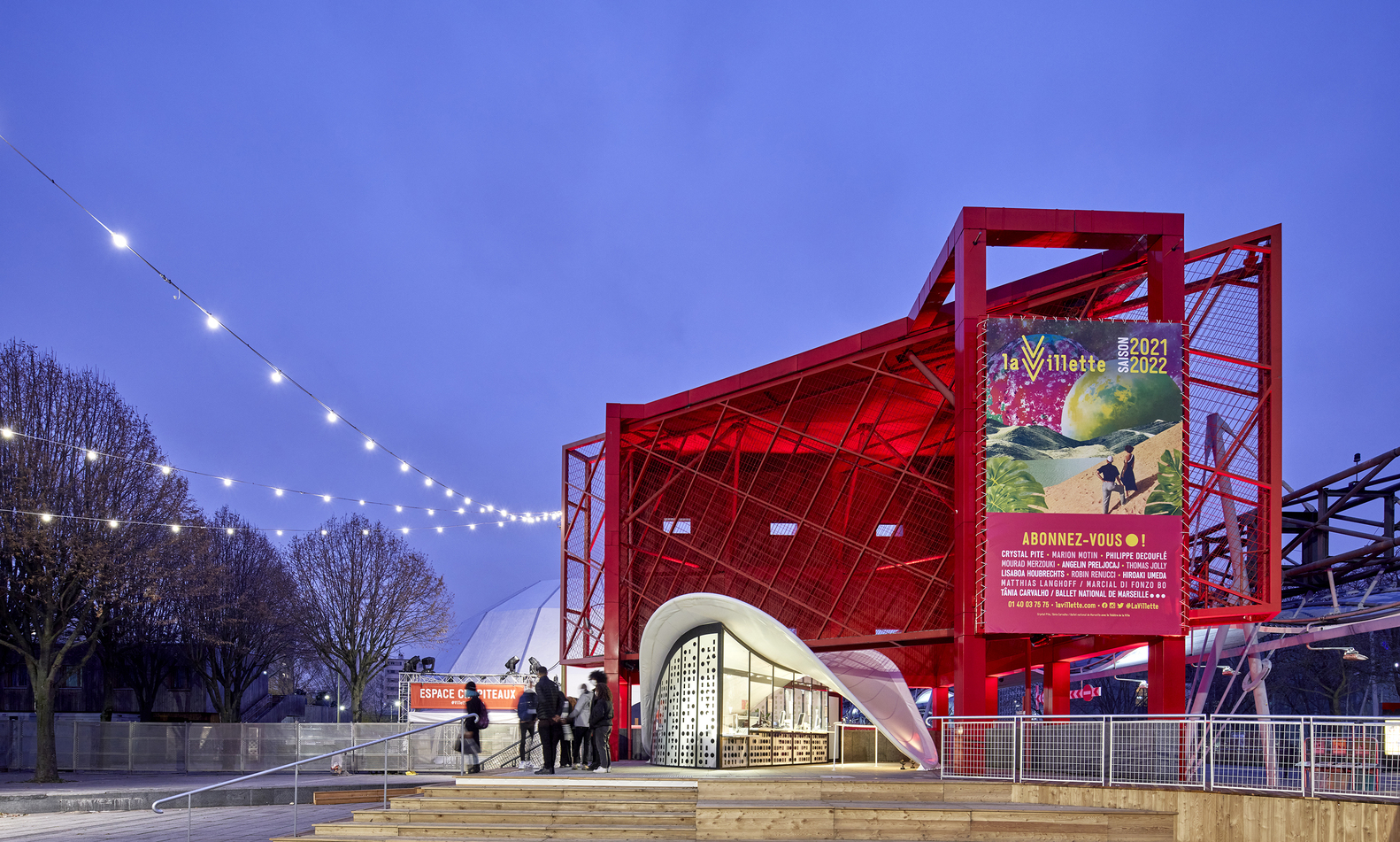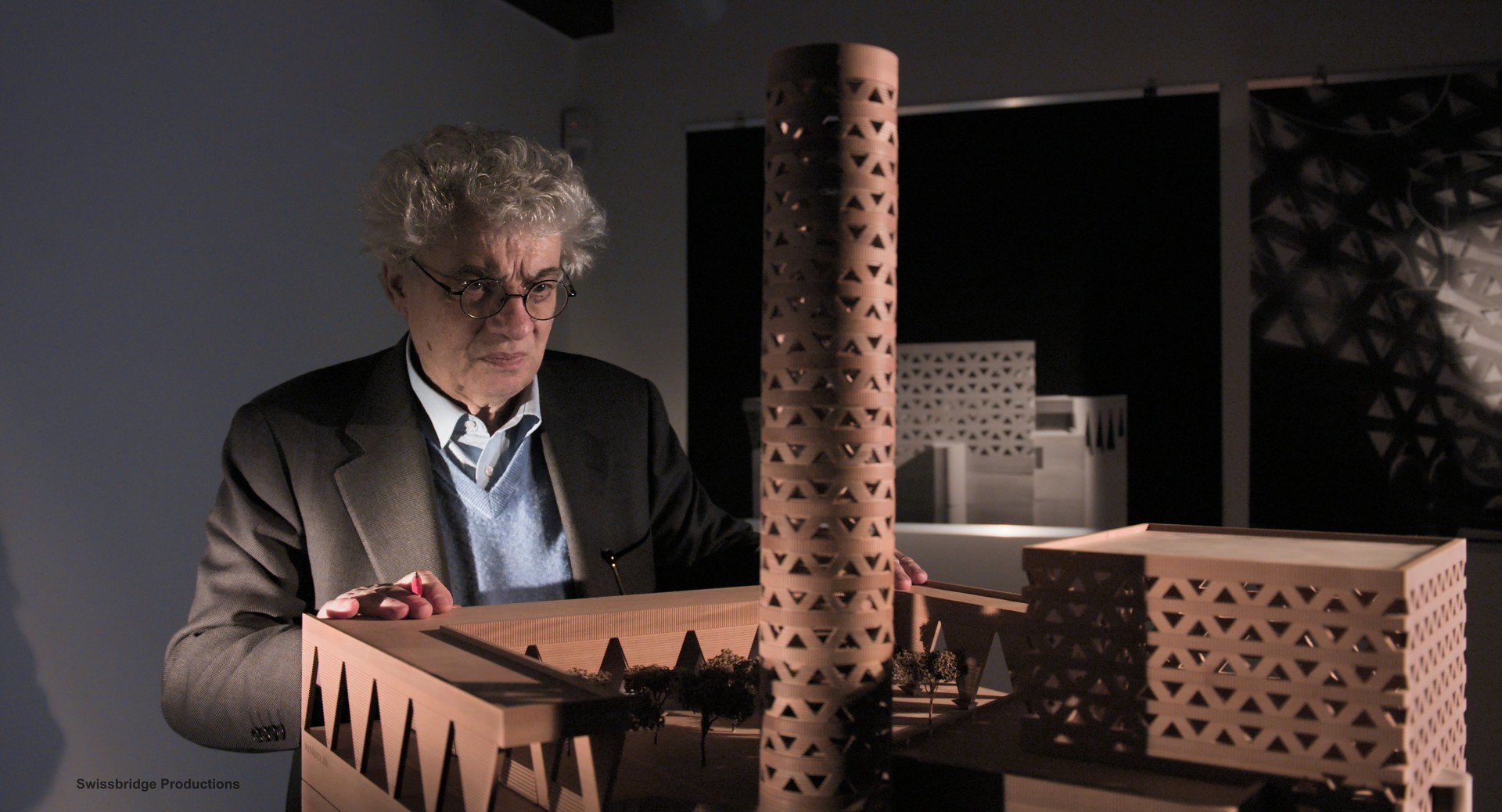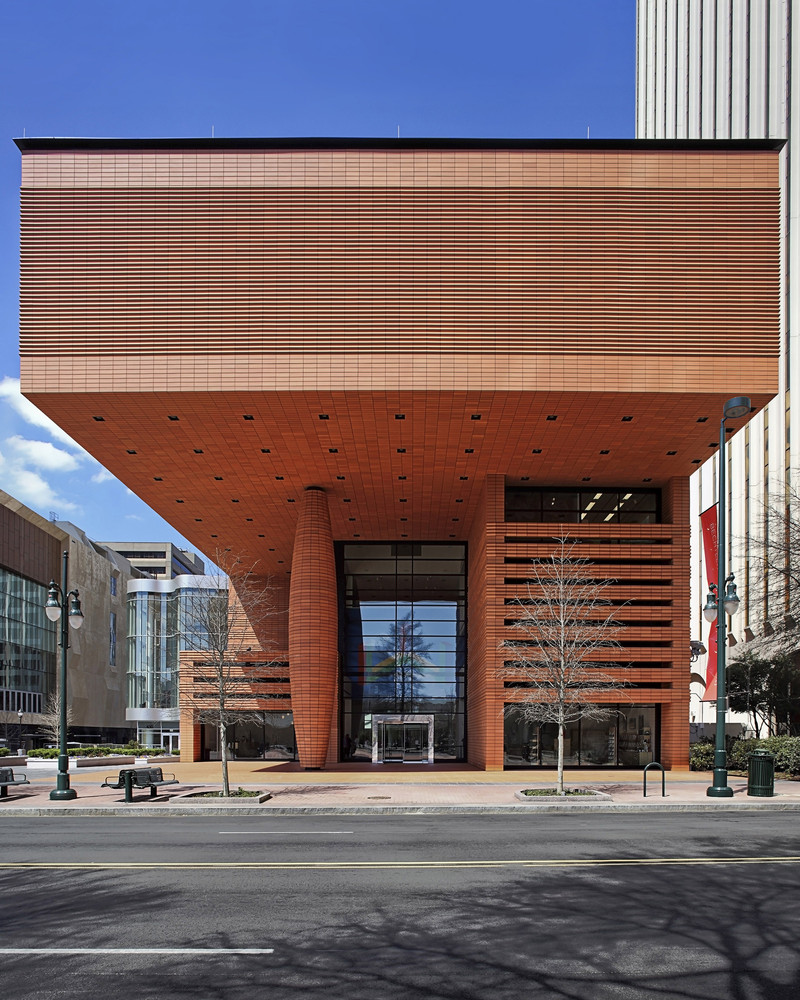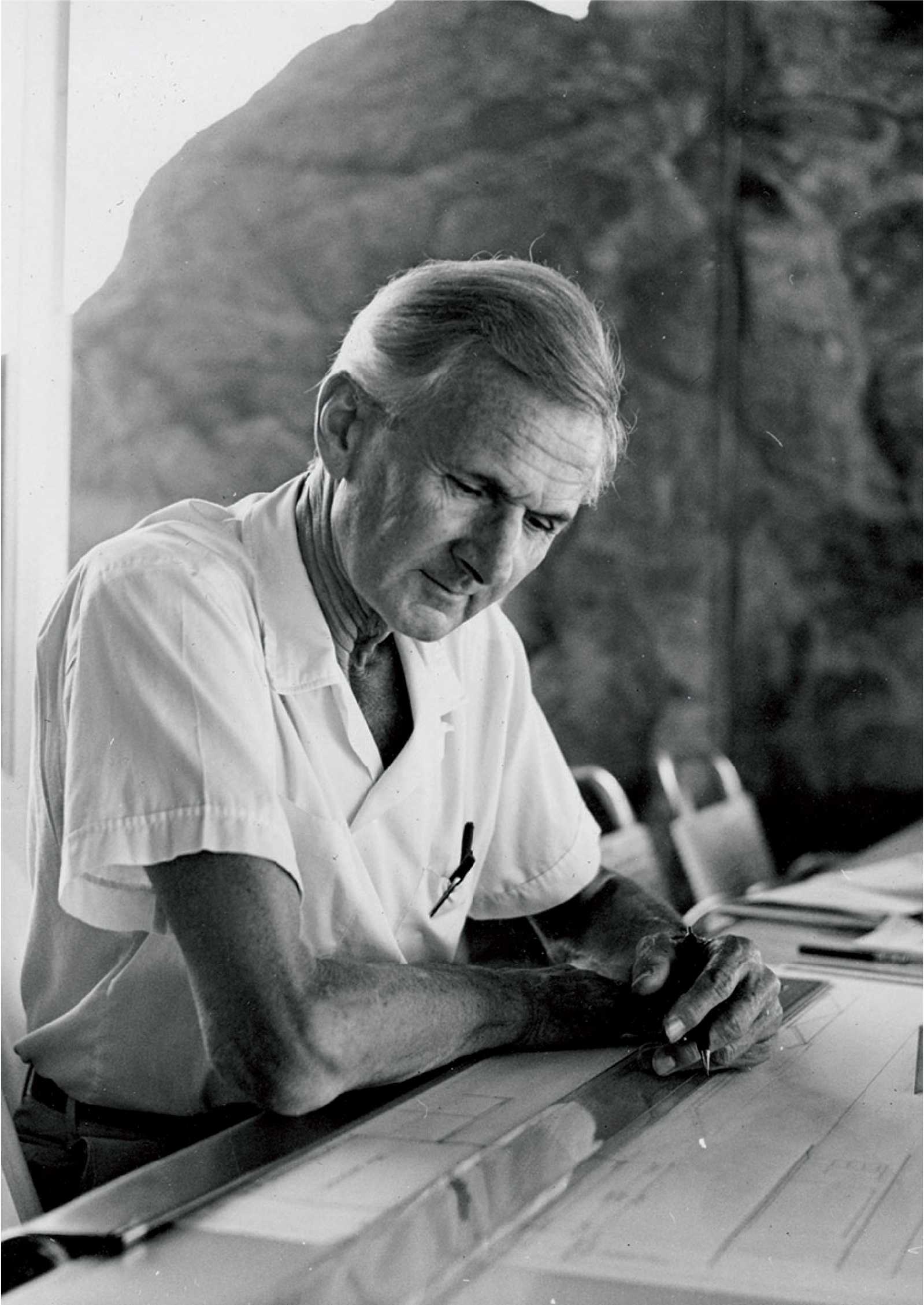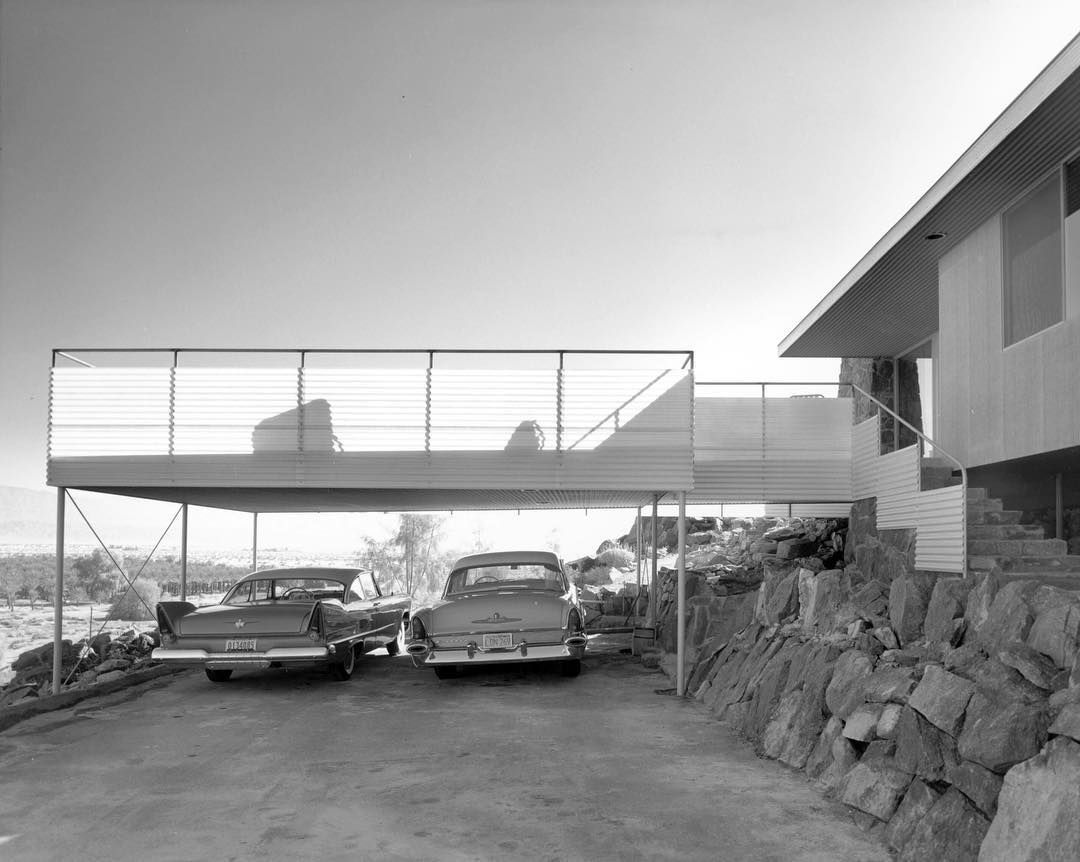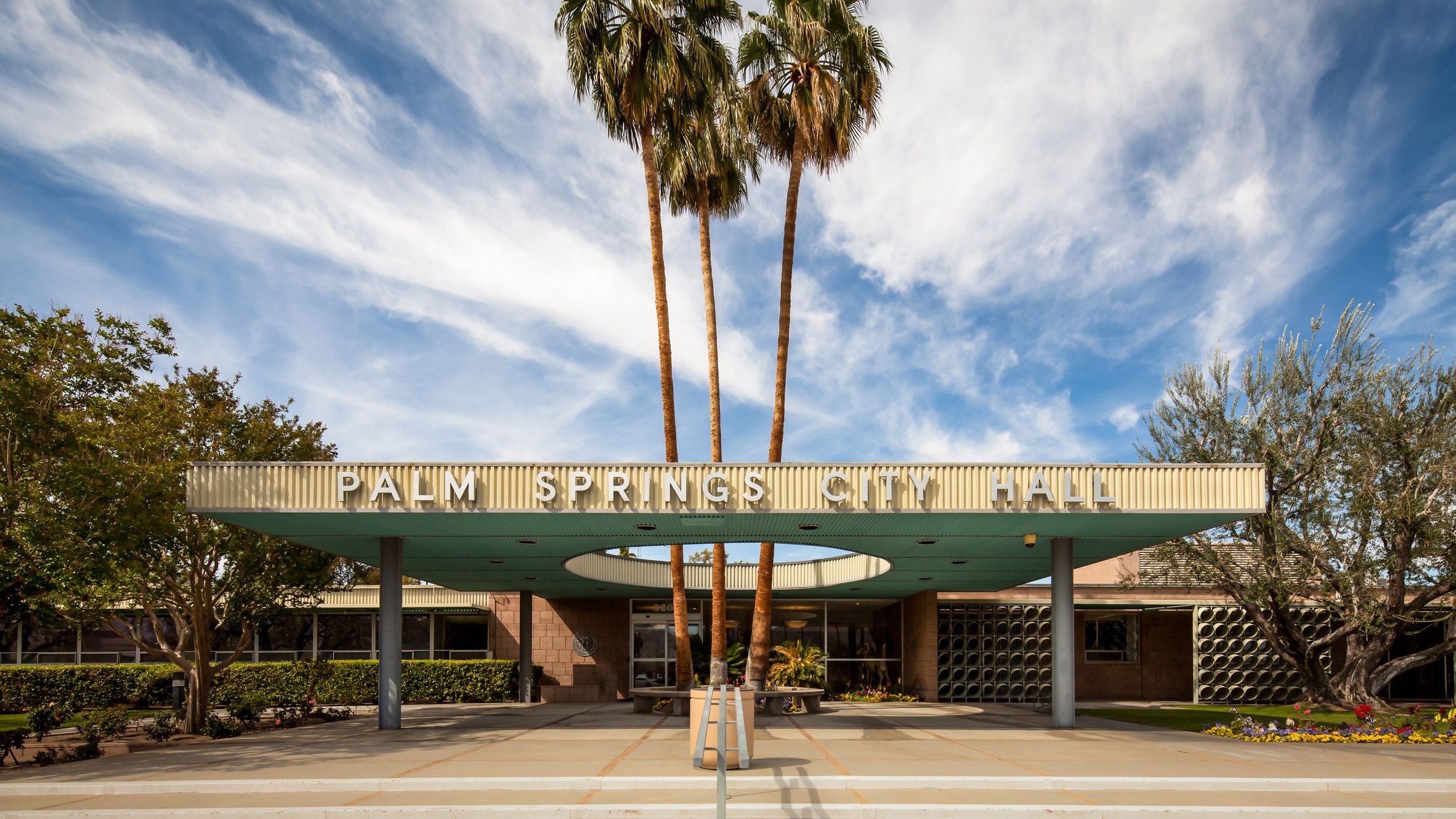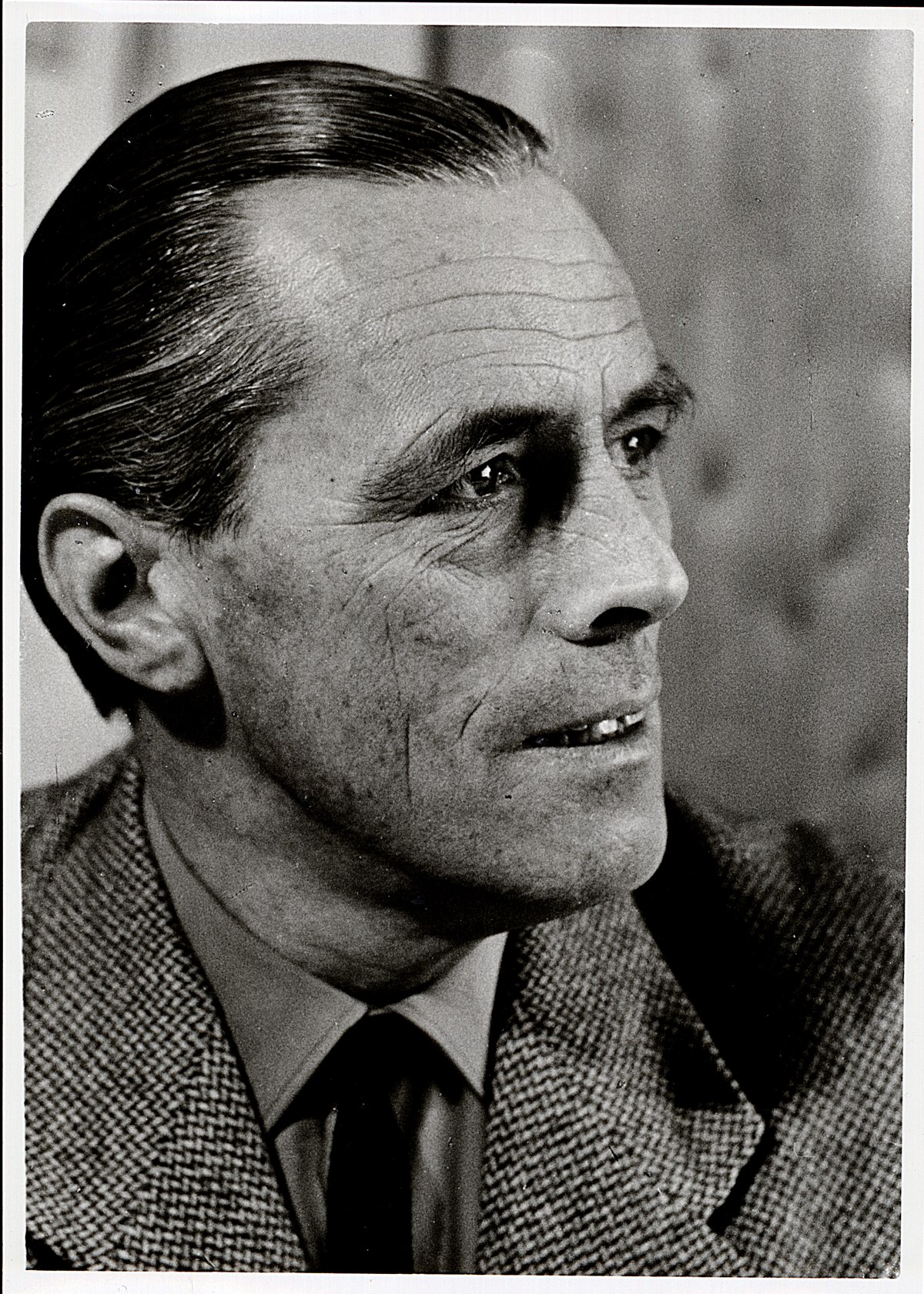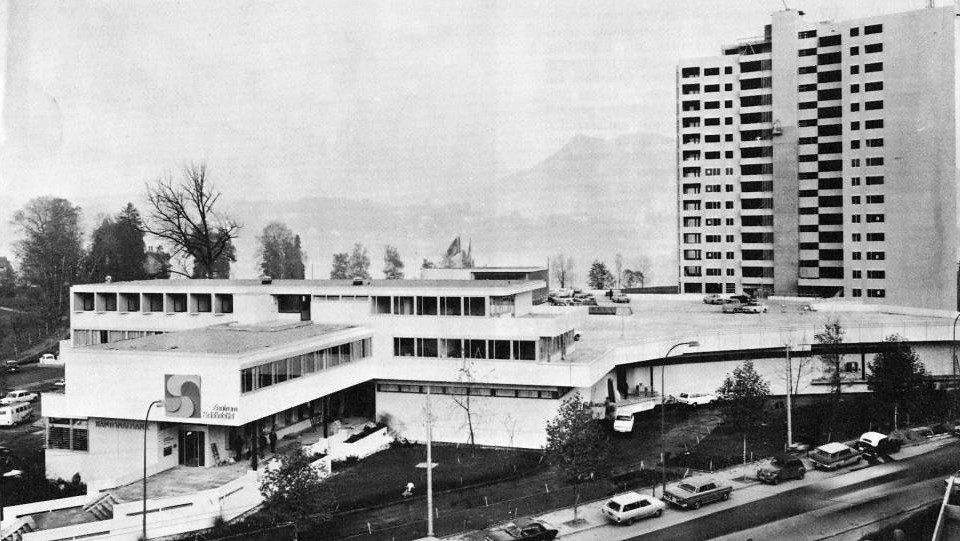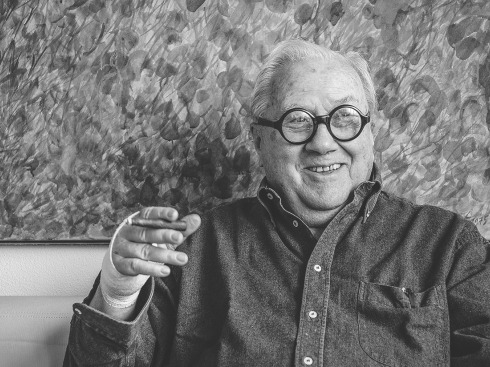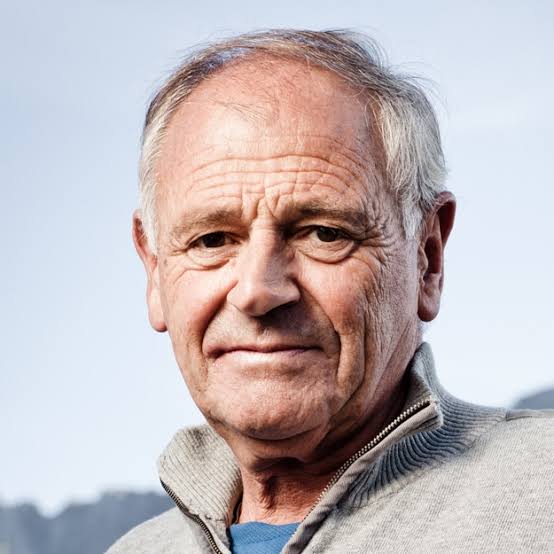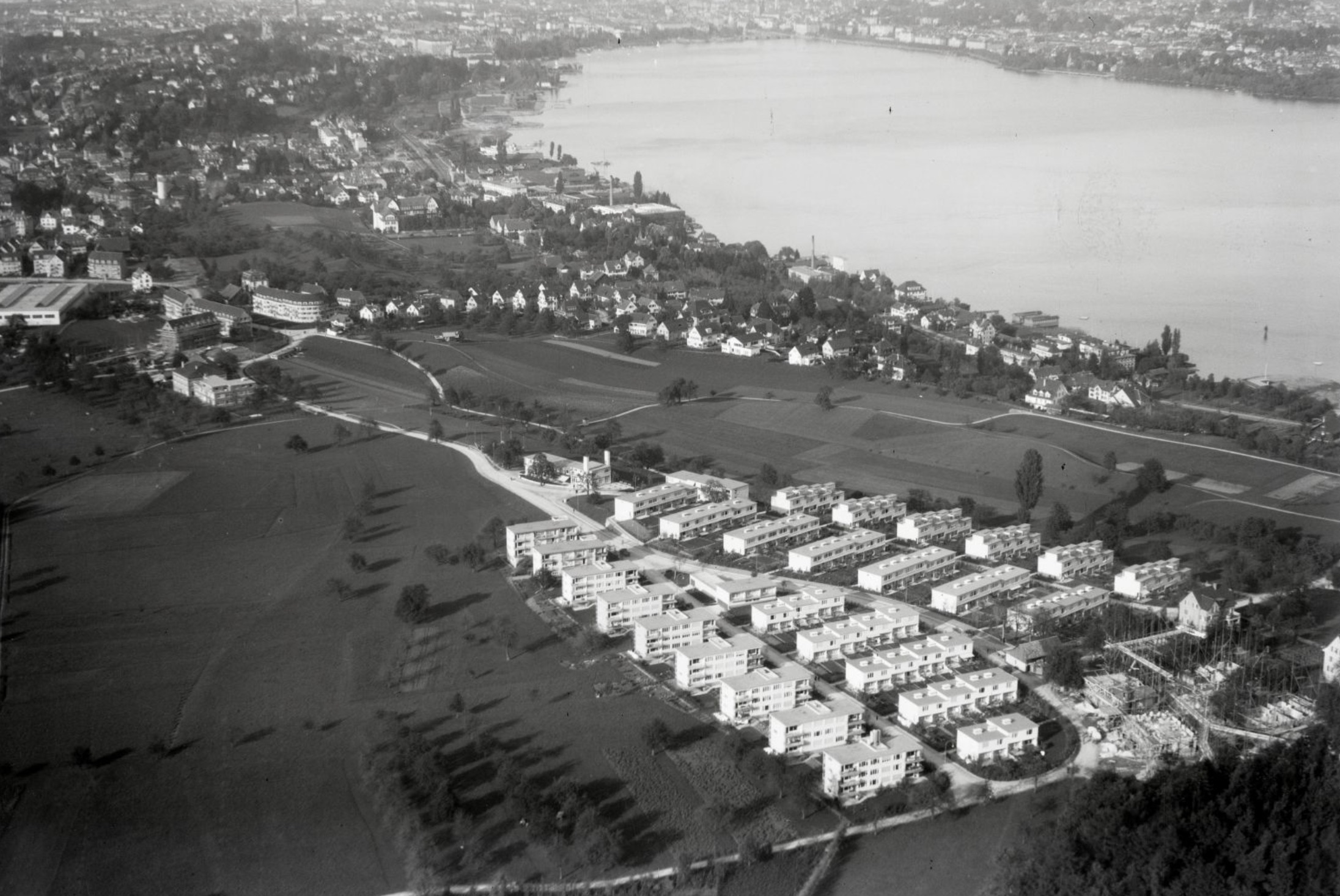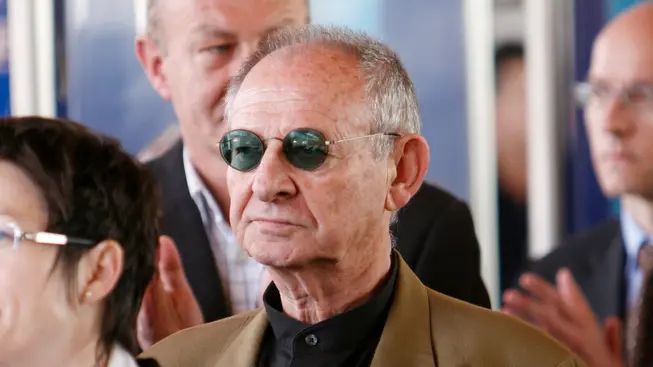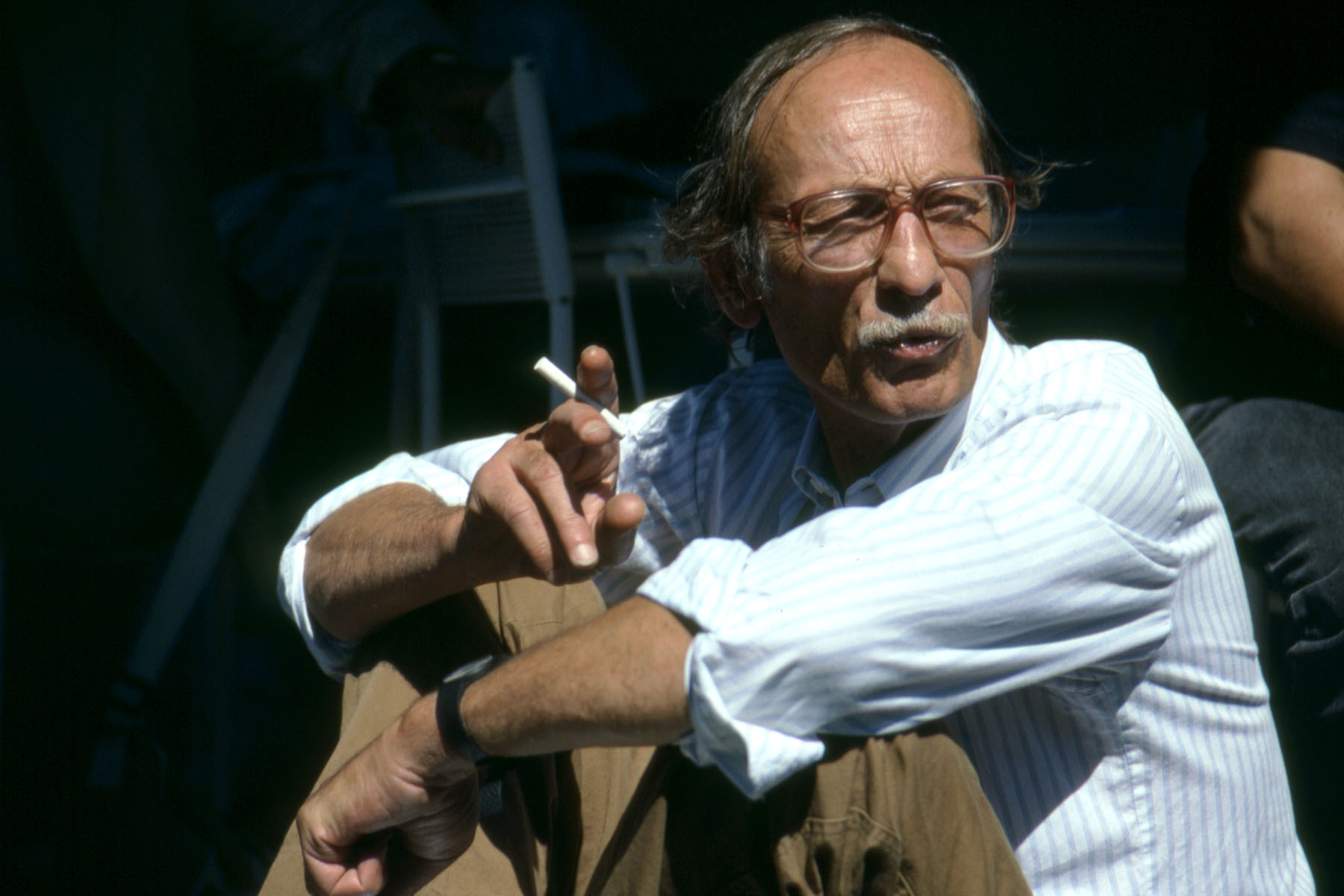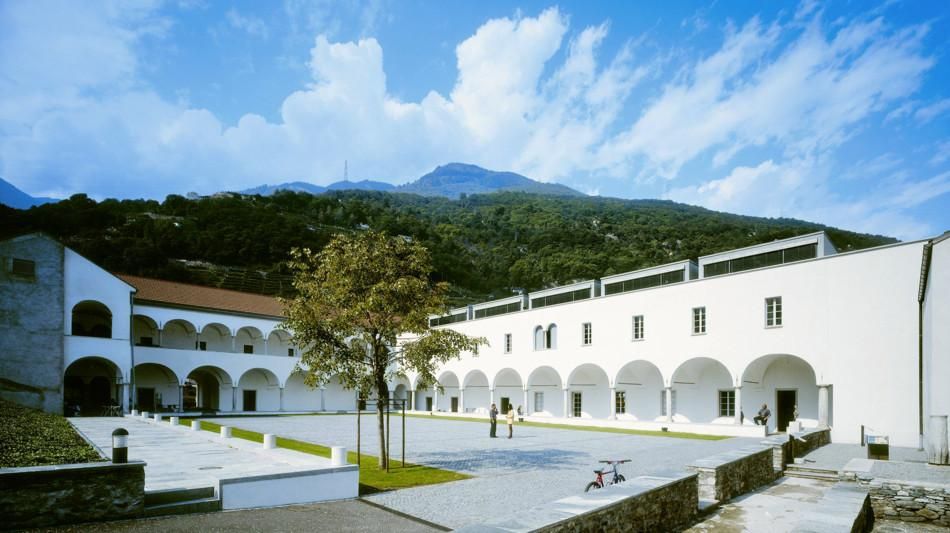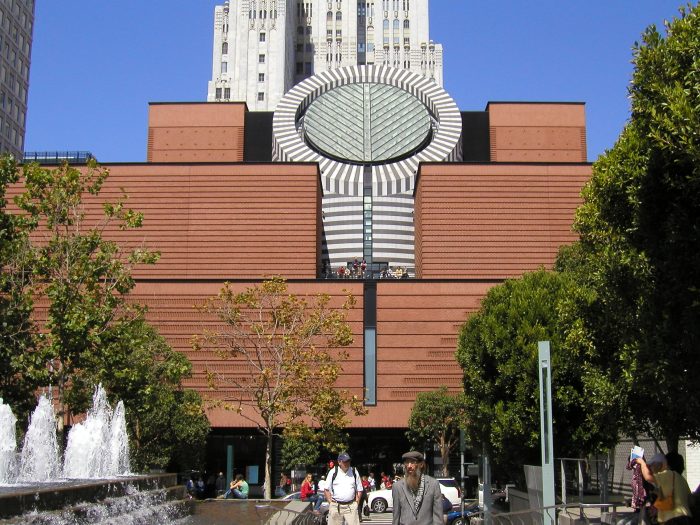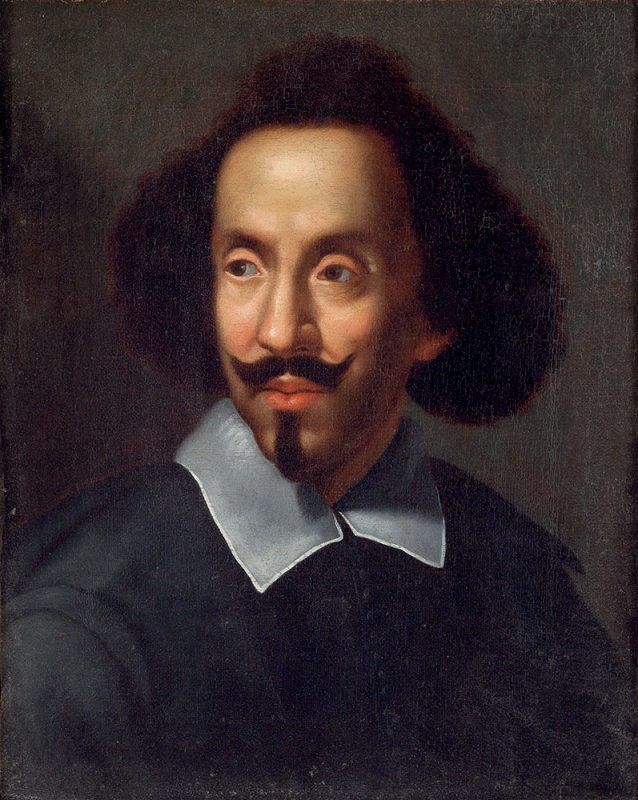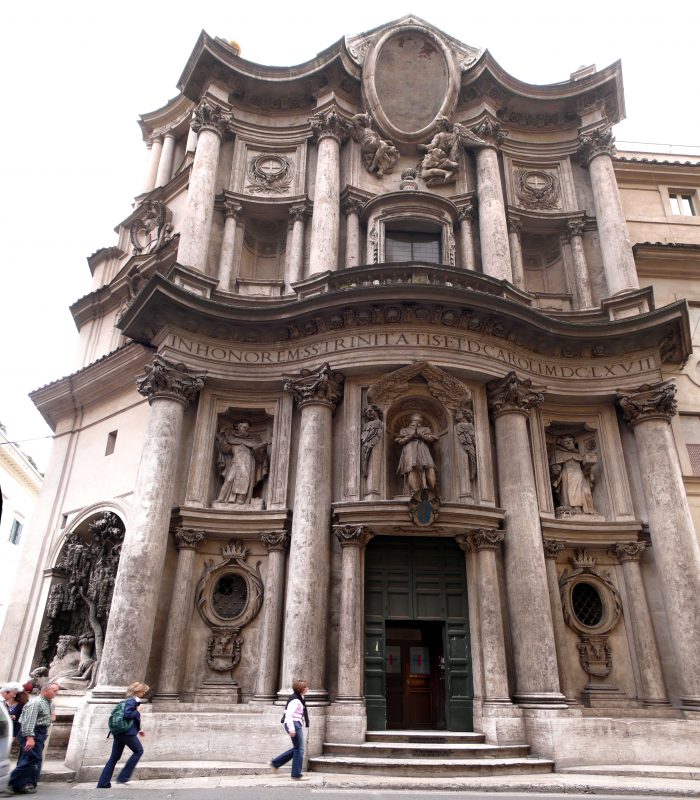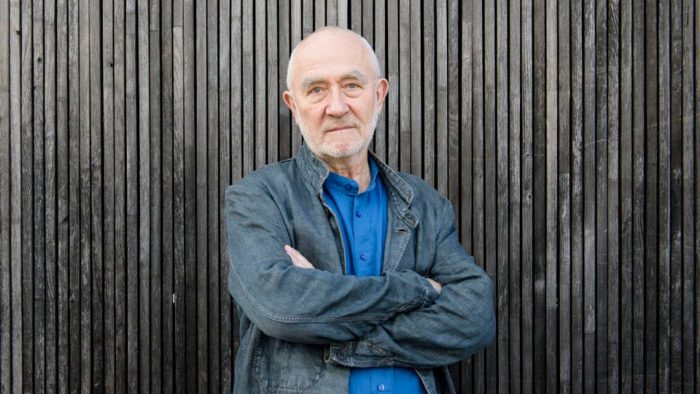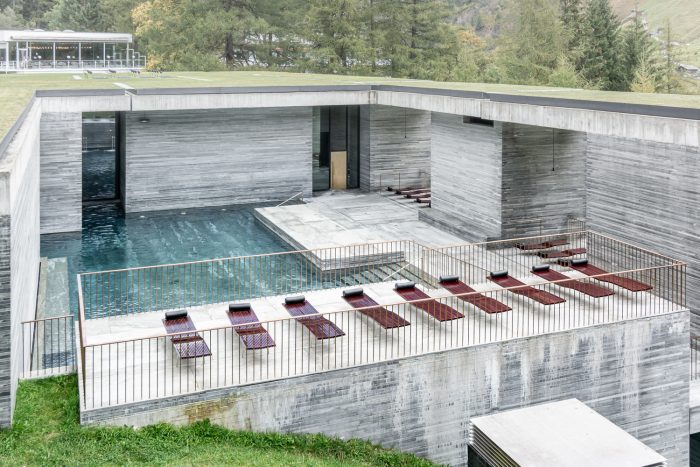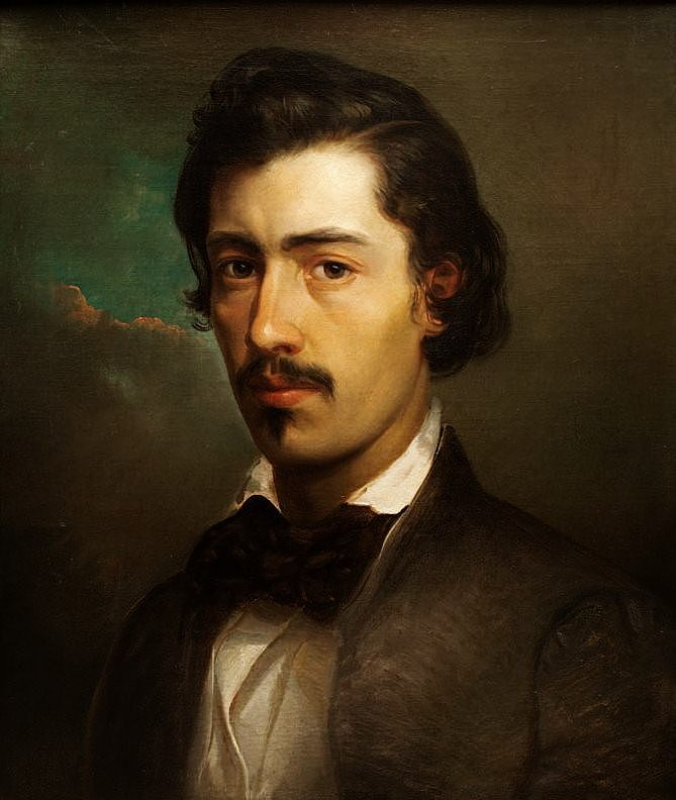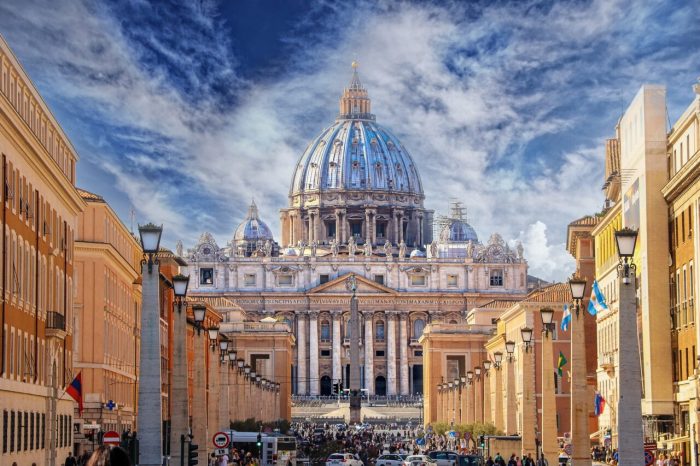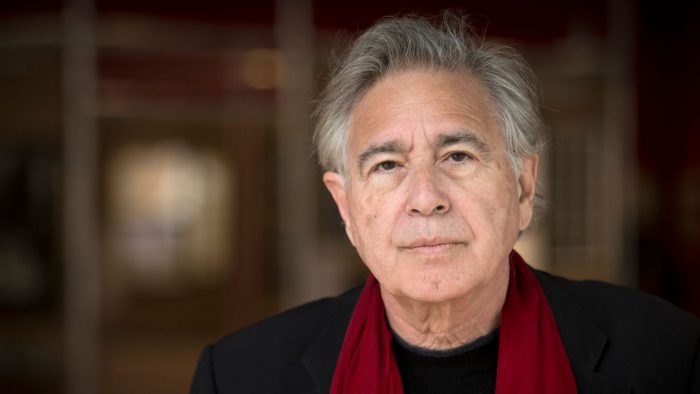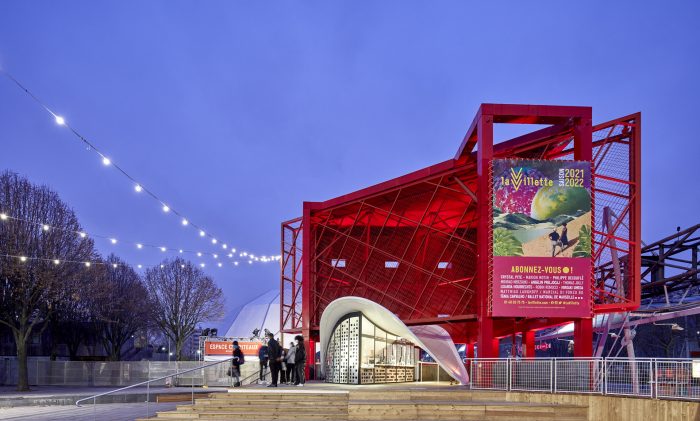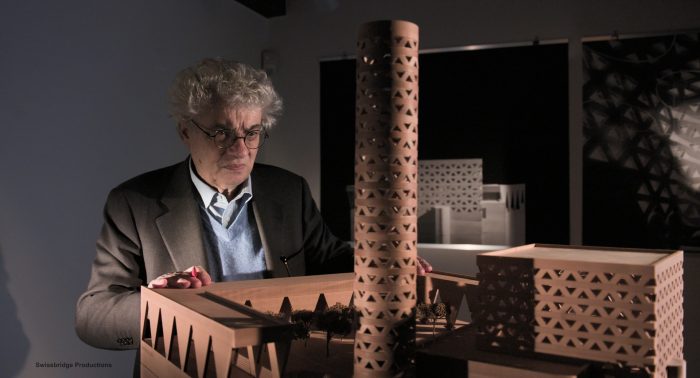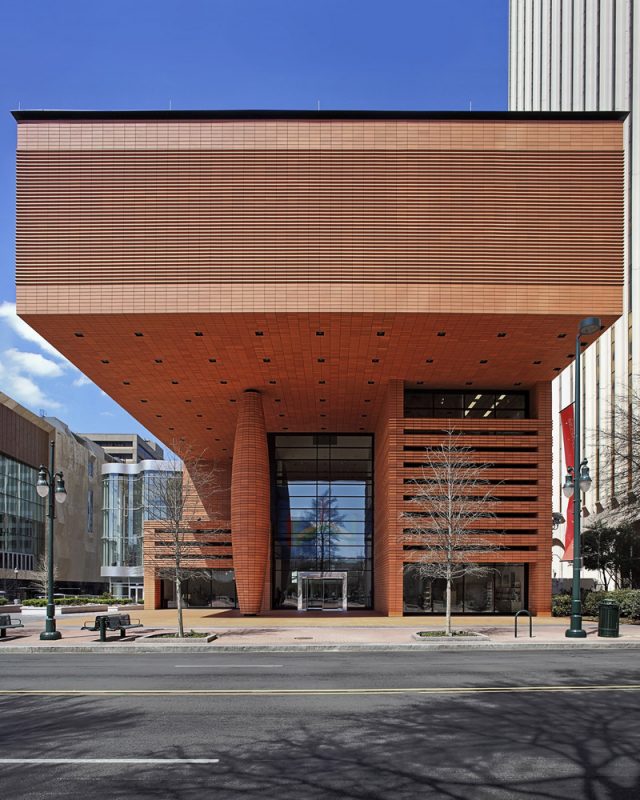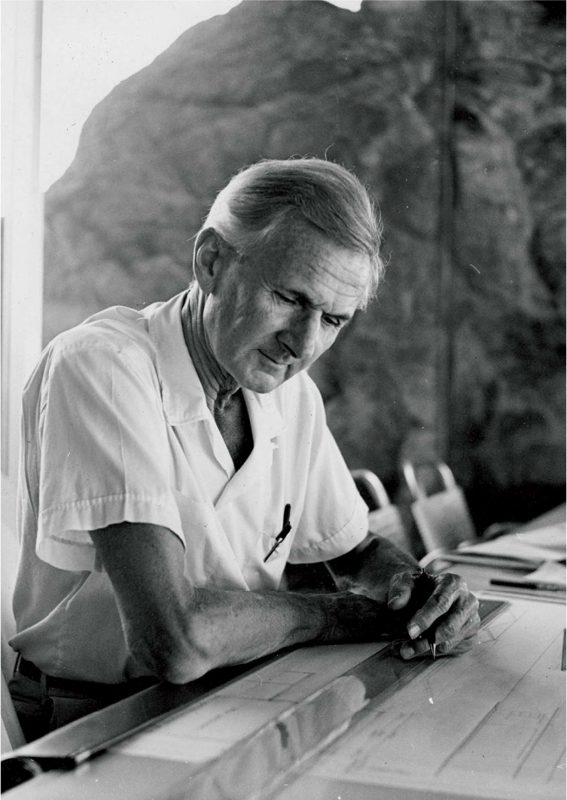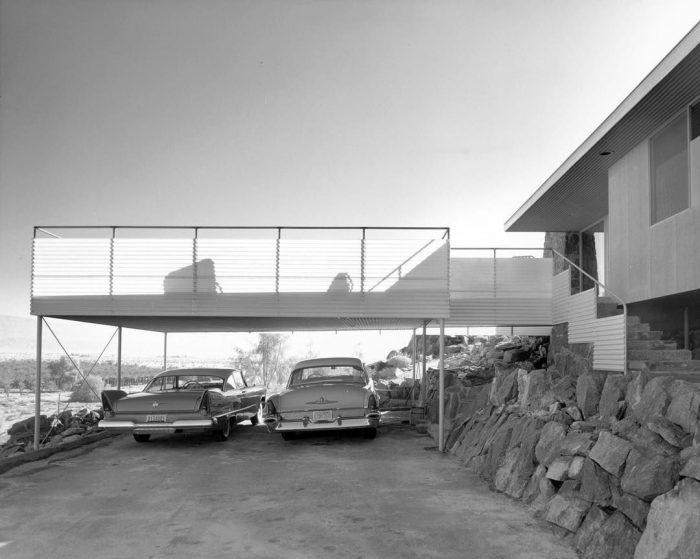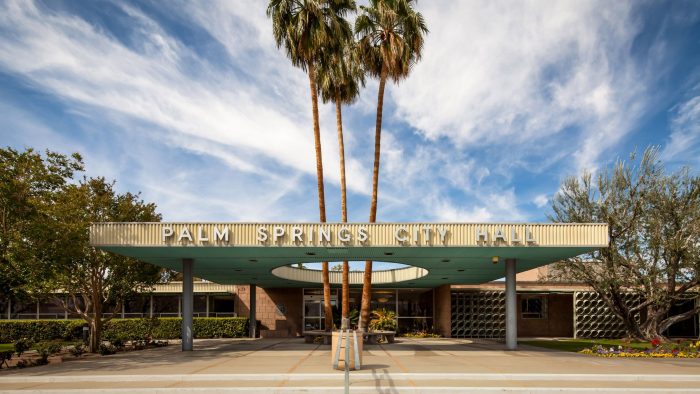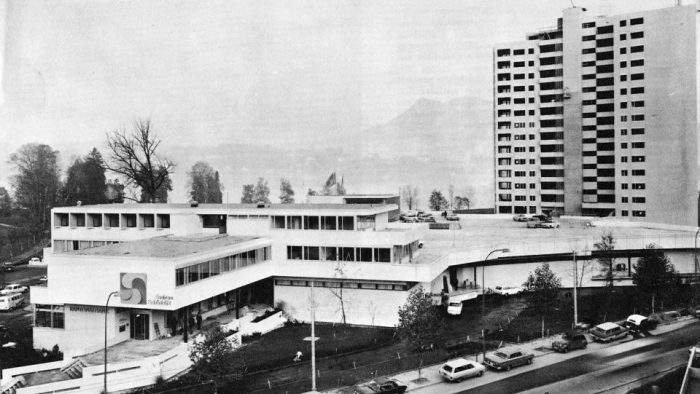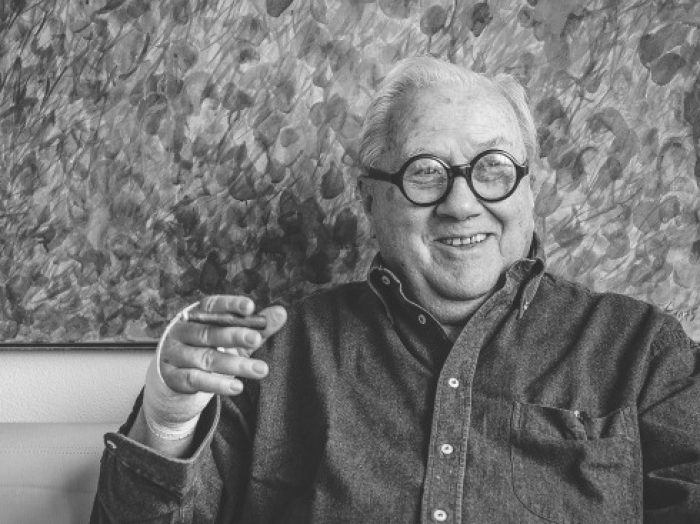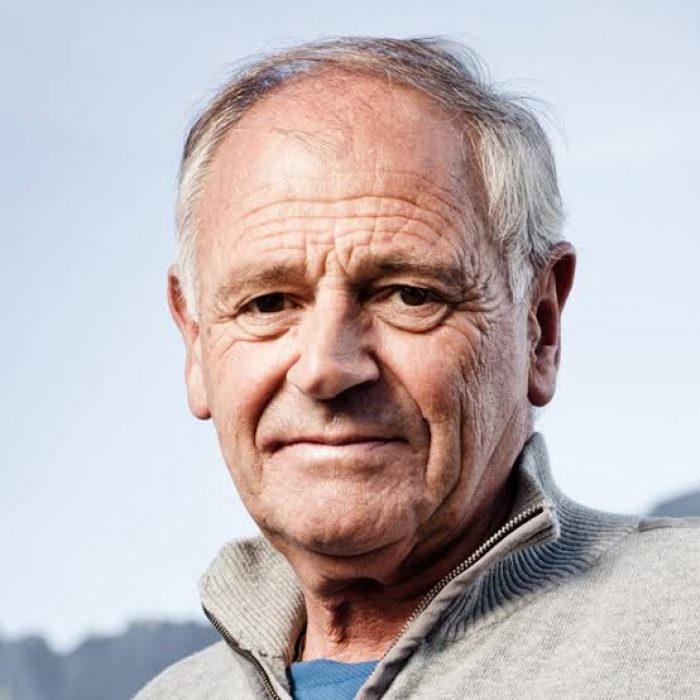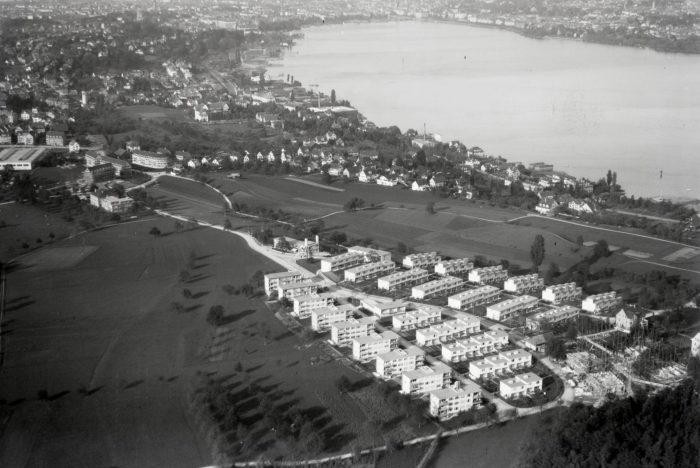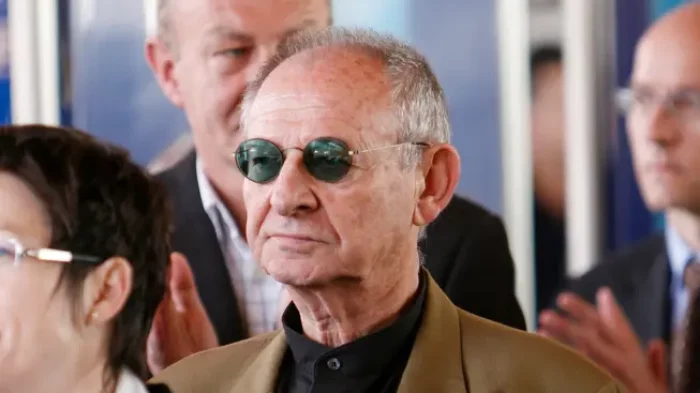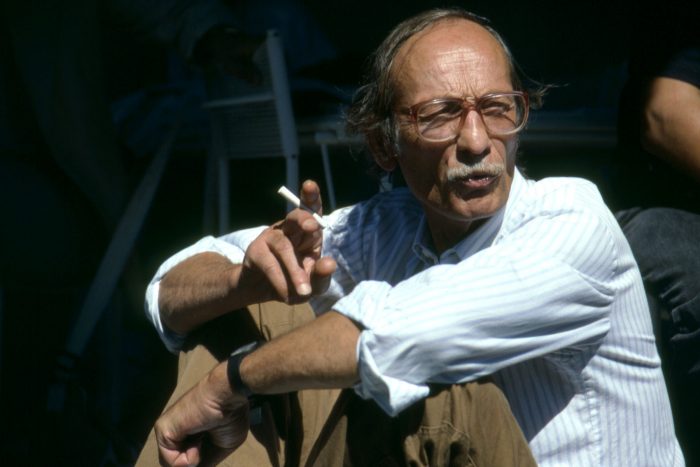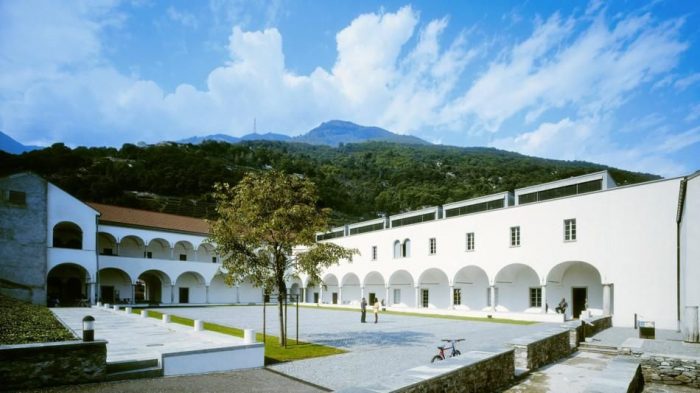Countless well-known structures worldwide may trace their origins to the creative
minds of Swiss architects, including the Beijing Olympic Stadium, the San Francisco
Museum of Modern Art, and the New York City Blue Tower.
This tiny nation has produced some of the most influential architects in the world because of its exquisite natural surroundings, high-quality educational institutions, impressive architectural models, and progressive regulations that support individual expression. In this article, we look at the lives of several of these notable Swiss architects, from the most famous to the least known.
The Most Prominent Swiss Architects
Swiss architects have set the standard for design and innovation for nearly a century. These architects have set the standard for all subsequent architectural styles, from Modernism to Postmodernism.
1) Le Corbusier (1887 – 1965)
Le Corbusier, a Swiss-French architect, designer, painter, urban planner, and writer, pioneered modern architecture. Born in Switzerland, he acquired French citizenship in 1930.
Over five decades, he designed structures in Europe, Japan, India, and North and South America. Le Corbusier was a founding member of the Congrès International d’Architecture Moderne and an urban planner who sought to improve city life. Le Corbusier designed the master plan for Chandigarh, India, including other government buildings.
The Architectural Work of Le Corbusier, an Outstanding Contribution to the Modern Movement, comprised seventeen projects by Le Corbusier in seven nations that were inscribed on the UNESCO World Heritage List on July 17, 2016.
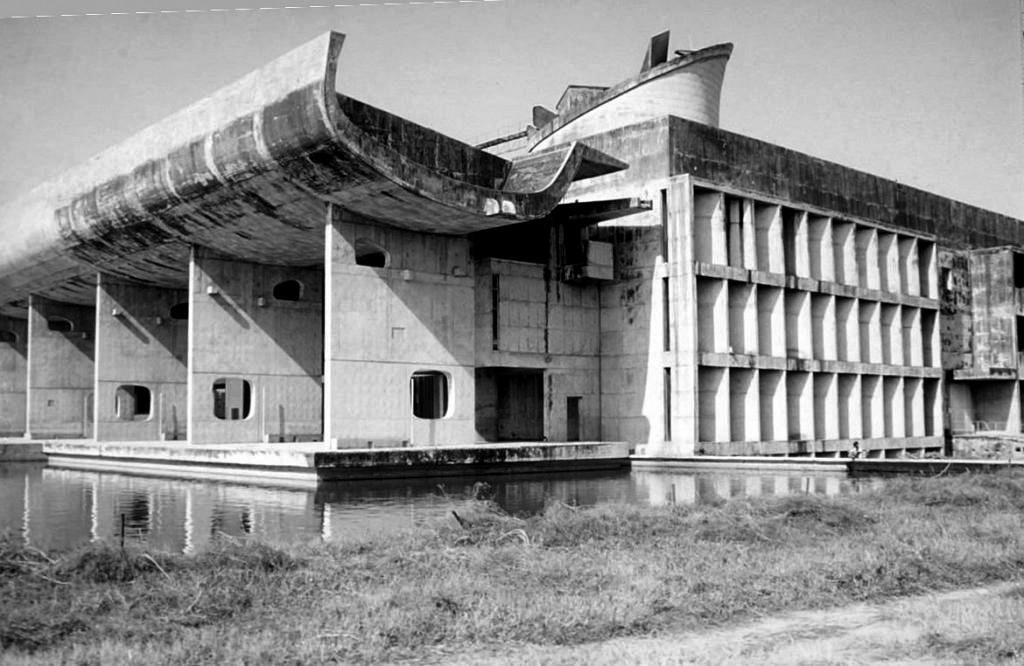
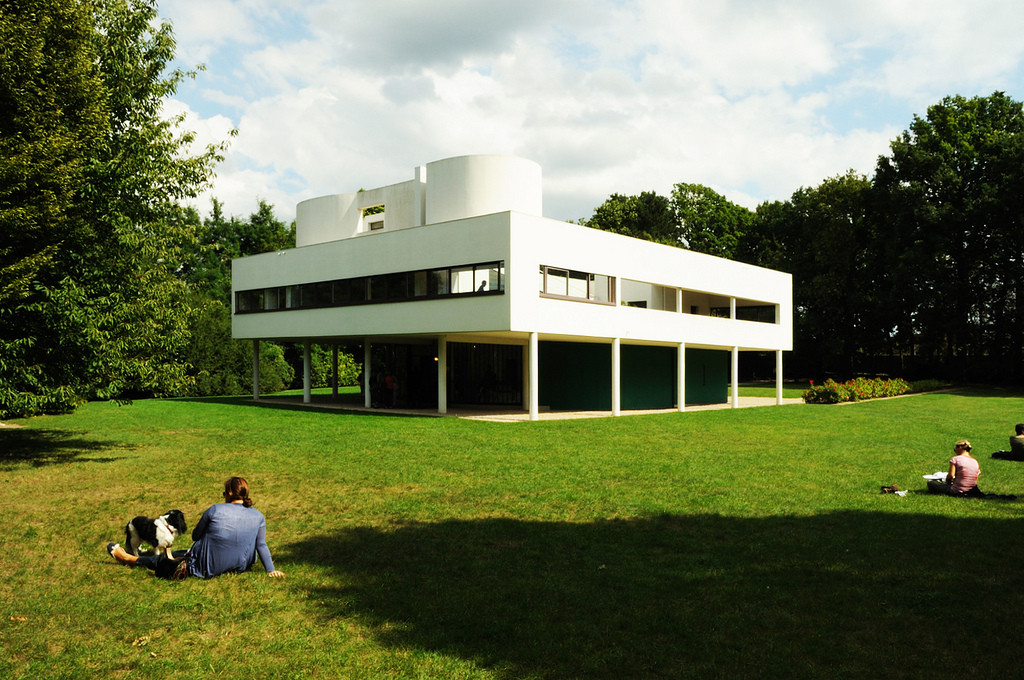
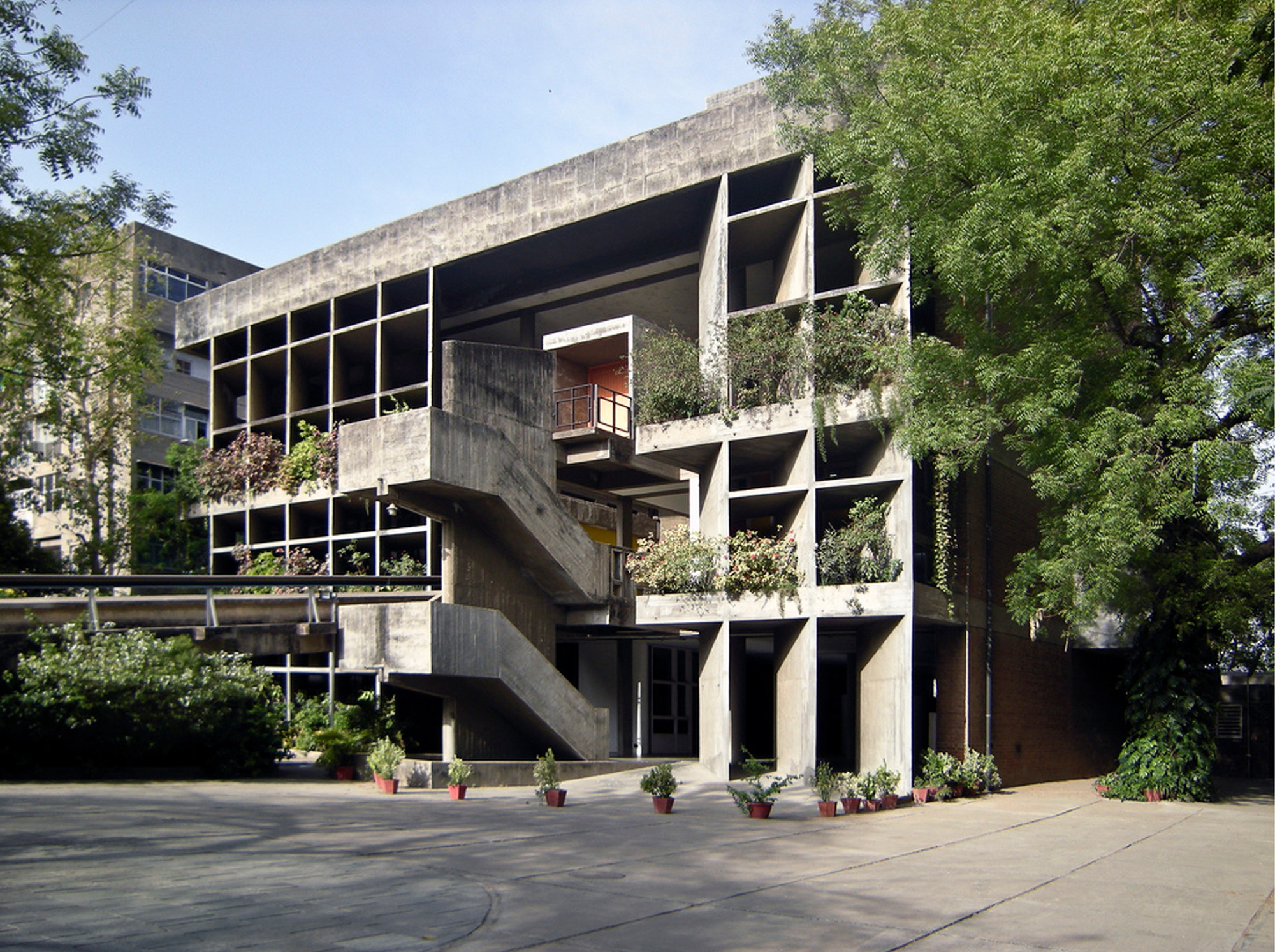
2) Francesco Borromini (1599 – 1667)
Francesco Borromini, the second-most famous Swiss architect, was born in Ticino, Switzerland. Borromini pioneered Roman Baroque architecture, using Classical forms, geometrical rationales in his designs, and symbolic meanings in his buildings. Borromini’s despair and irritability caused him to turn down jobs. His confused personality led to his suicide in 1667. San Carlo alle Quattro Fontane, built in Rome in 1641, is widely regarded as his magnum opus and a masterpiece of the Baroque style.
3) Peter Zumthor (1943)
Basel-born Pritzker Architecture Prize winner Peter Zumthor needs no introduction as he’s one of the most famous swiss architects, ranking in the third position. His massive portfolio goes from Therme baths in Vals, Switzerland, to his Steilneset Memorial in Vardø, Norway.
The Pritzker Prize committee commented, “His buildings have a powerful presence, yet they exhibit the power of wise intervention, reminding us repeatedly that humility in attitude and boldness in the end result are not mutually contradictory.” Zumthor was the 2009 Winner. His constructions are masterfully imposing, appealing to our vision and tactile, auditory, and aromatic senses.
4) Carlo Maderno (1556 – 1629)
Baroque architecture’s grandfather, Carlo Maderno, was born in Ticino, Italy. His façades of Santa Susanna, St. Peter’s Basilica, and Sant’Andrea della Valle shaped Italian Baroque architecture. His relationship with the sculptor Stefano Maderno often cited as his sibling, is contentious.
5) Bernard Tschumi (1944)
Bernard Tschumi is an architect, professor, and author widely regarded as a leading figure in the deconstructivist movement. Tschumi’s work can be seen in notable buildings like the Parc de la Villette, the Rouen Concert Hall, and the new Acropolis Museum. He has also served the academic community as a professor at prestigious universities, including Columbia and Princeton and the Institute of Architecture and Urban Studies.
6) Mario Botta (1943)
His massive museums, houses, and religious places have made Mario Botta one of the most prominent Swiss architects worldwide. His Tel Aviv to Ticino sculptures combines solids and voids, light and stone, geometries and stripes. Born in Mendrisio, Ticino, Botta worked under Le Corbusier and Louis Kahn in Venice and obtained his degree under Carlo Scarpa at the city’s University Institute of Architecture.
Swiss Architects of Lesser Renown
Throughout history, many influential designers and architects have debated and steered building practices across the globe. Through a historical lens, we look back at the lives and careers of six underappreciated Swiss architects whose ideas and designs have stood the test of time and continue to influence contemporary swiss architects.
1) Albert Frey (1903-1998)
The Zurich-born architect pioneered desert modernism in Palm Springs, California, with his works. After graduating from the Institute of Technology in Winterthur, Switzerland, Frey joined Le Corbusier’s firm in 1928 after embracing modernism. He then joined A. Lawrence Kocher in the US years later.
This partnership made significant contributions through their work in Architectural Records on many aspects of architecture and urban planning. His notable work includes Cree House, Loewy House, Palm Springs City Hall, and Salton Bay Yacht Club.
2) Alfred Roth (1903-1998)
Alfred Roth, a Wangen architect who studied under Karl Moser, was one of the most passionate Swiss modernist architects.
He began working for Le Corbusier on residential buildings in Wissenhof, League of Nations in Geneva, with his help. From 1943 through 1956, he edited the architectural journal, Werk. He practiced in Switzerland, Sweden, the US, and the Middle East.
3) Ernst Gisel (1922-2021)
Ernst Gisel began his quest for prestigious awards in 1944 when he set out with Alfred Roth. Churches, apartment buildings, and competition entries were among the first things he designed when he and Ernst Schaer opened their office in 1945. He was an instructor at ETH from 1968–1969 and received an honorary title there in 2004 for his work.
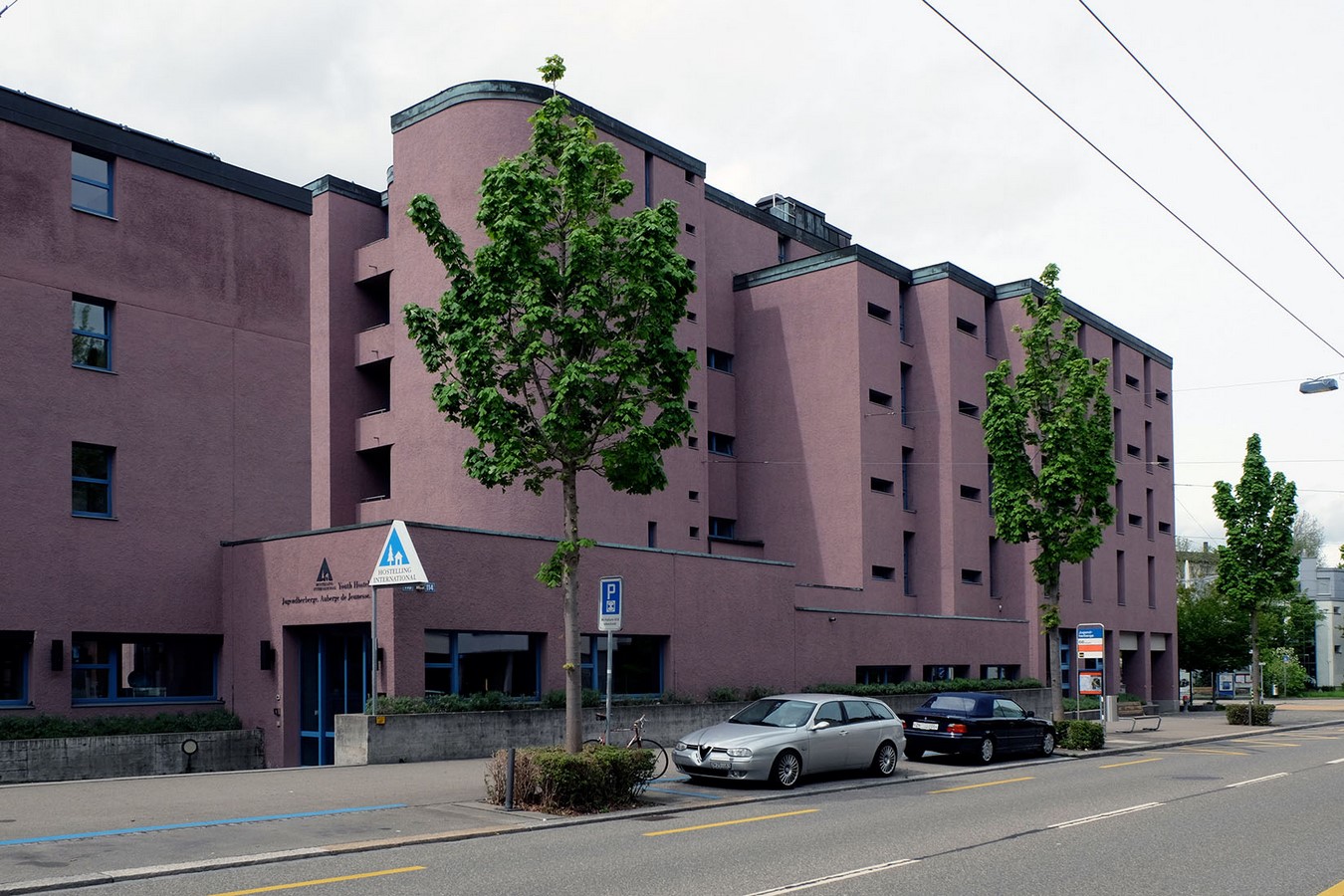
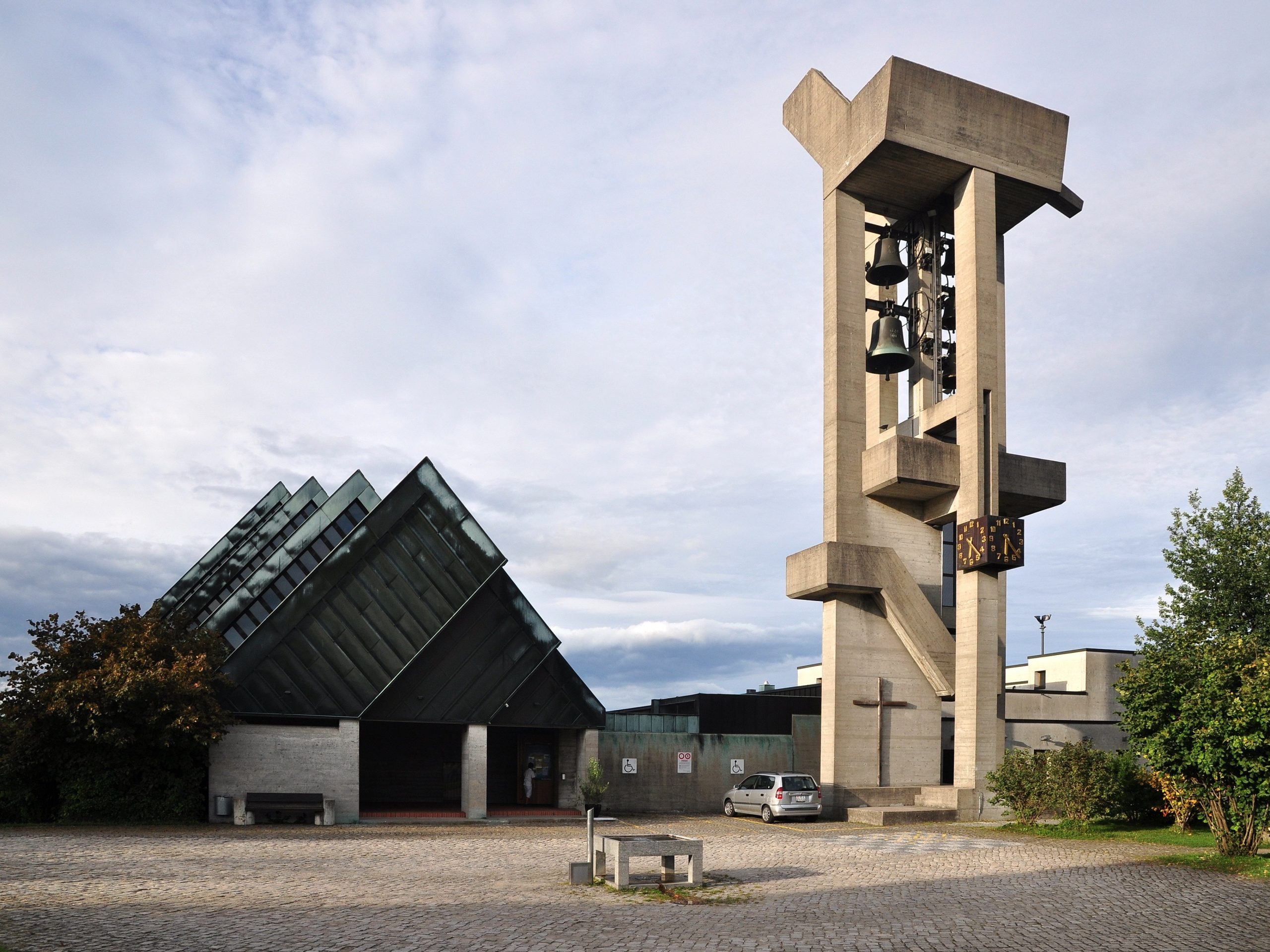
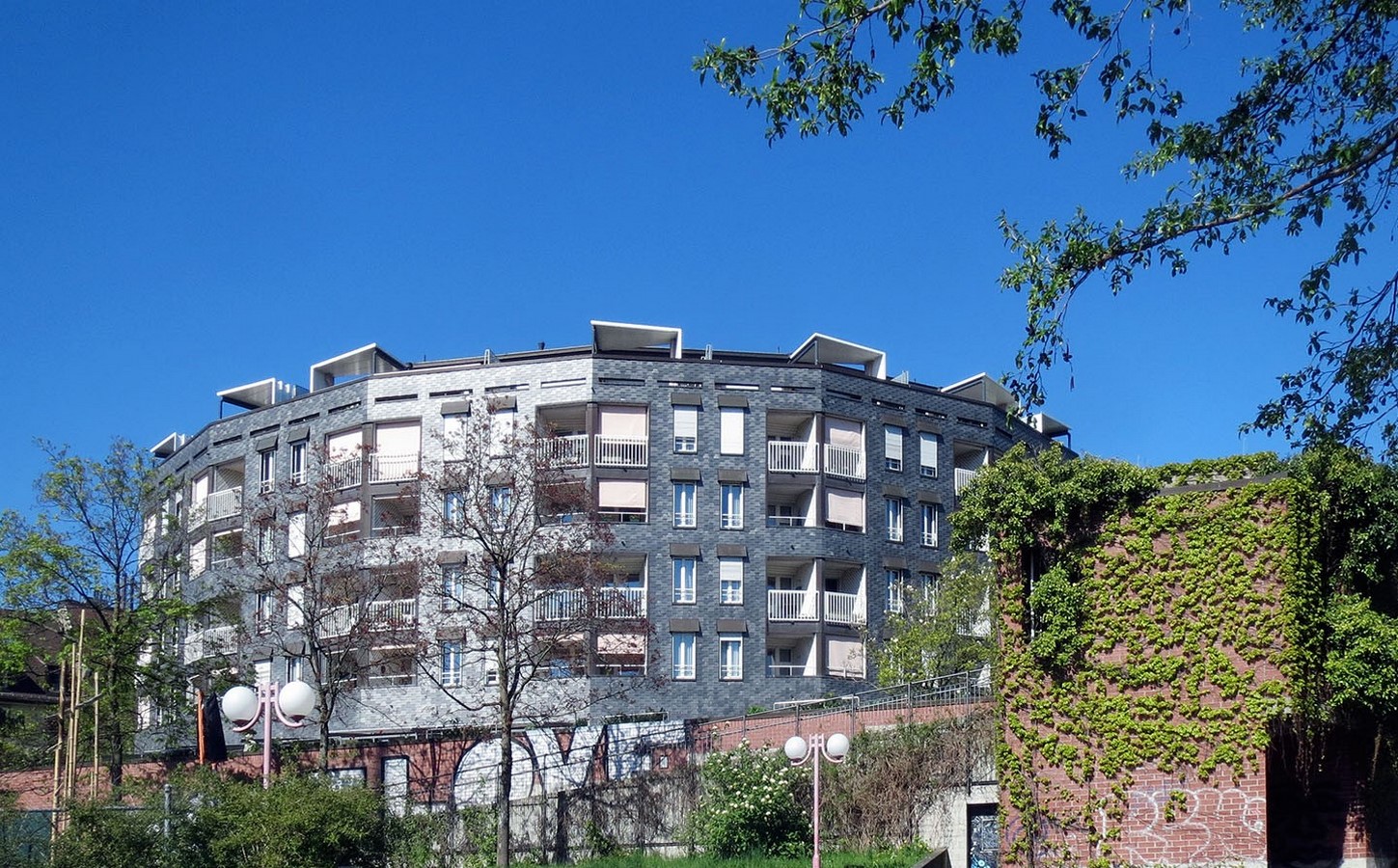
4) Hans Fischli (1909-1989)
Hans Fischli is probably One of Switzerland’s most prominent architects, the Zurich native engaged in graphic design, painting, sculpture, and exhibitions. In 1928, he moved to Bauhaus from Zurich, prospering his Zurich practice from 1933 to 1976. In addition, he directed the Zurich Arts and Crafts Museum and occasionally backed Swiss artist partnerships.
5) Theo Hotz (1928-2018)
During his lucrative career, Theo Hotz, the Zurich-based swiss architect, collaborated with architects including Norman Foster, Richard Rogers, and Renzo Piano. Theo’s primary contribution to the architectural landscape was in the Swiss regions, where he did much of his design.
A few of his more well-known works include the Basel Trade Fair complex, which is also the location of Art Basel, the Telecommunications Operation Center in Zurich, and the Postal Operations Center in Basel.
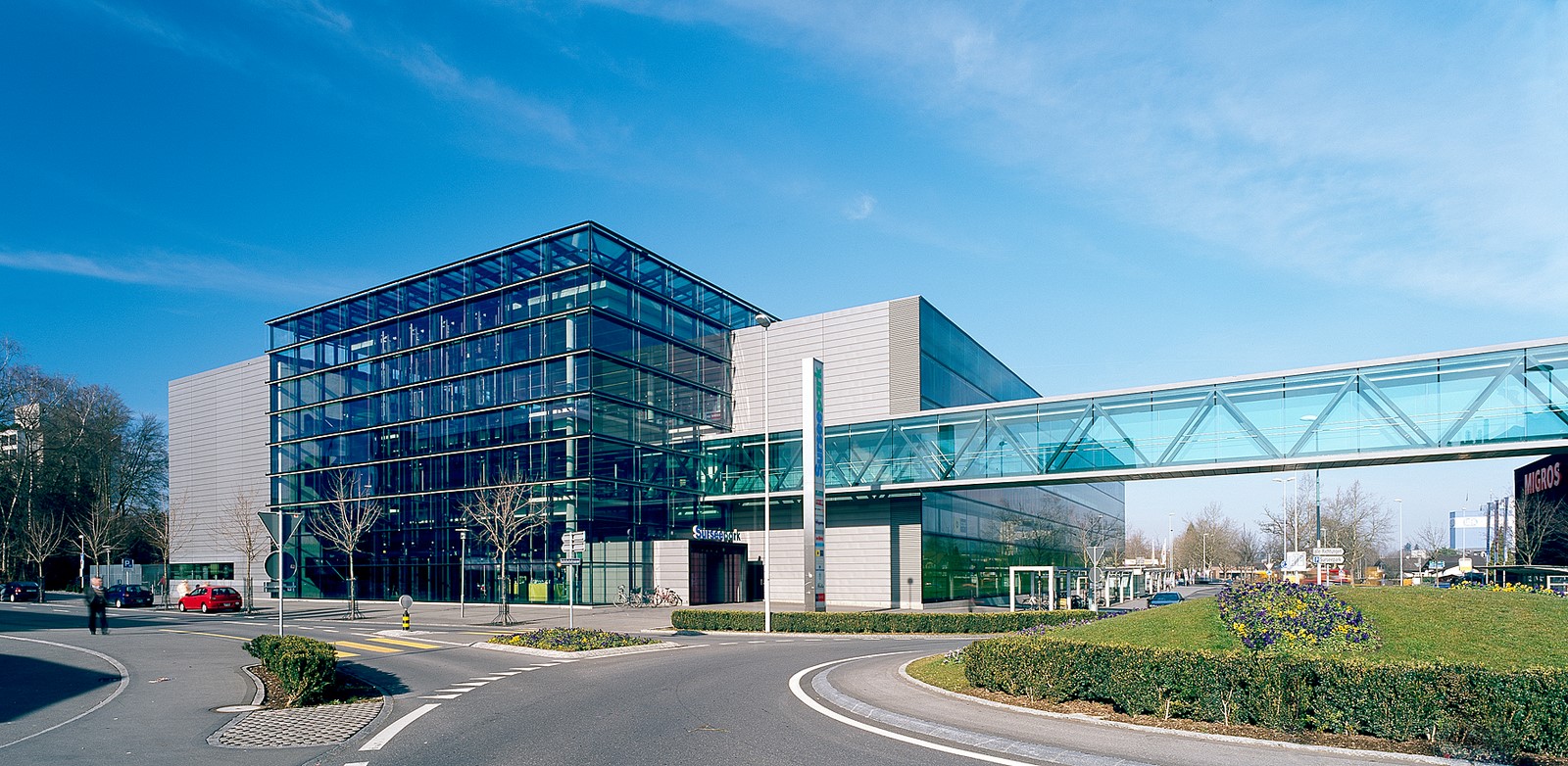
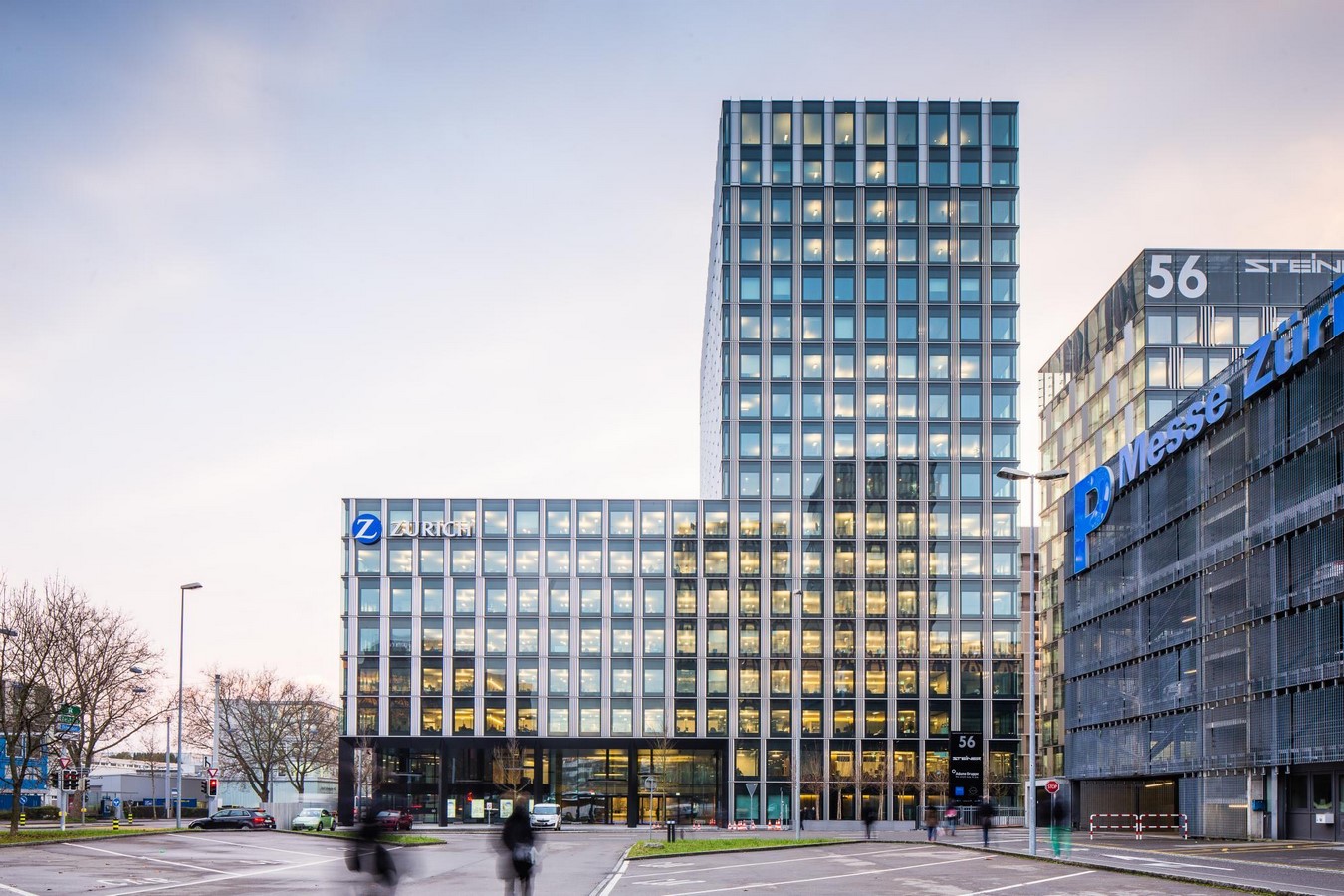
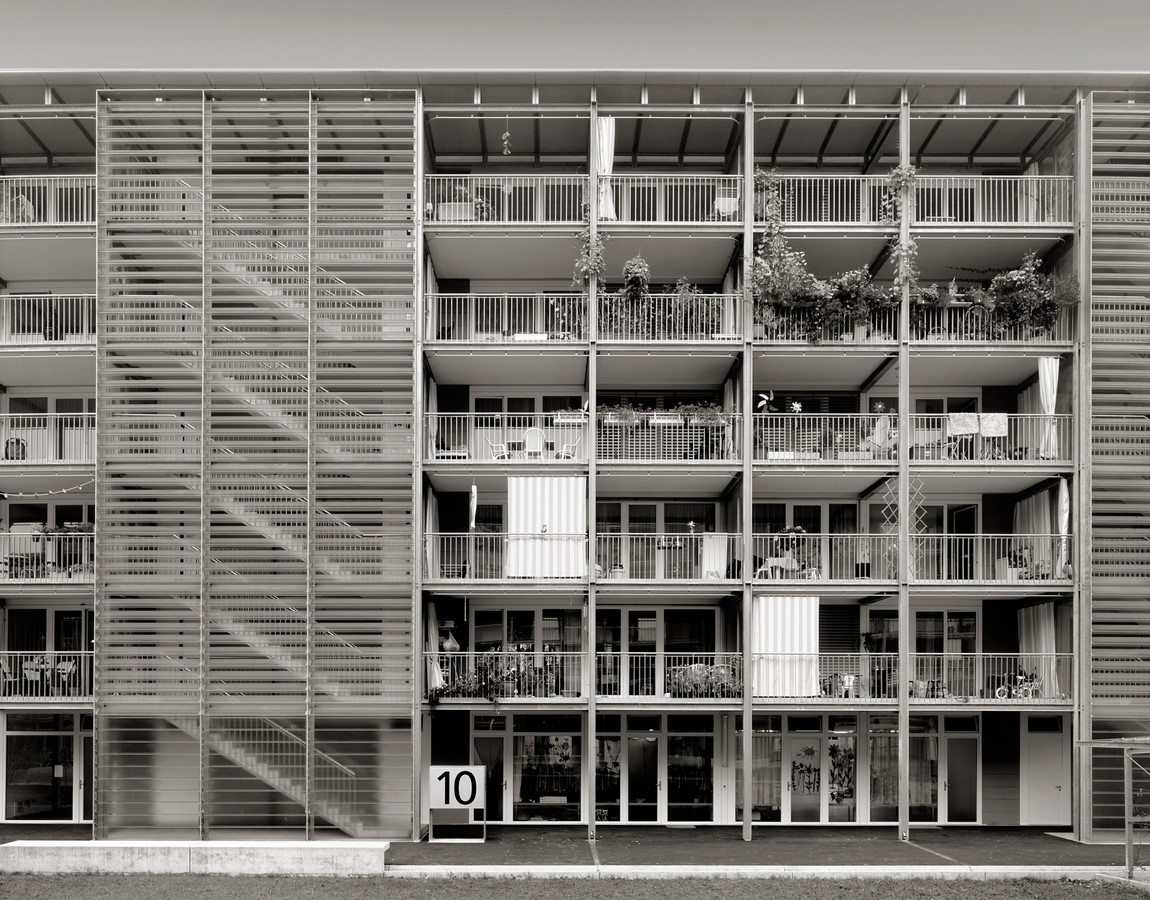
6) Luigi Snozzi (1932-2020)
The Mendrisio, Switzerland, native and student at the Swiss Federal Institute of Technology in Zurich is widely recognized as a leading figure in the list of Swiss architects. He has taught at the esteemed Ecole Polytechnique Federale de Lausanne and the University of Sassari, Sardinia.
His work covers Lugano and Locarno, reflecting his passion for history. With Ticino’s restoration initiatives, he went further. After working with Livio Vacchini, he designed Quartiere Monrenale, Elementary School, Cemetery, Casa Stefano Guidotti, Casa Cassina, Kalman House, and others.
